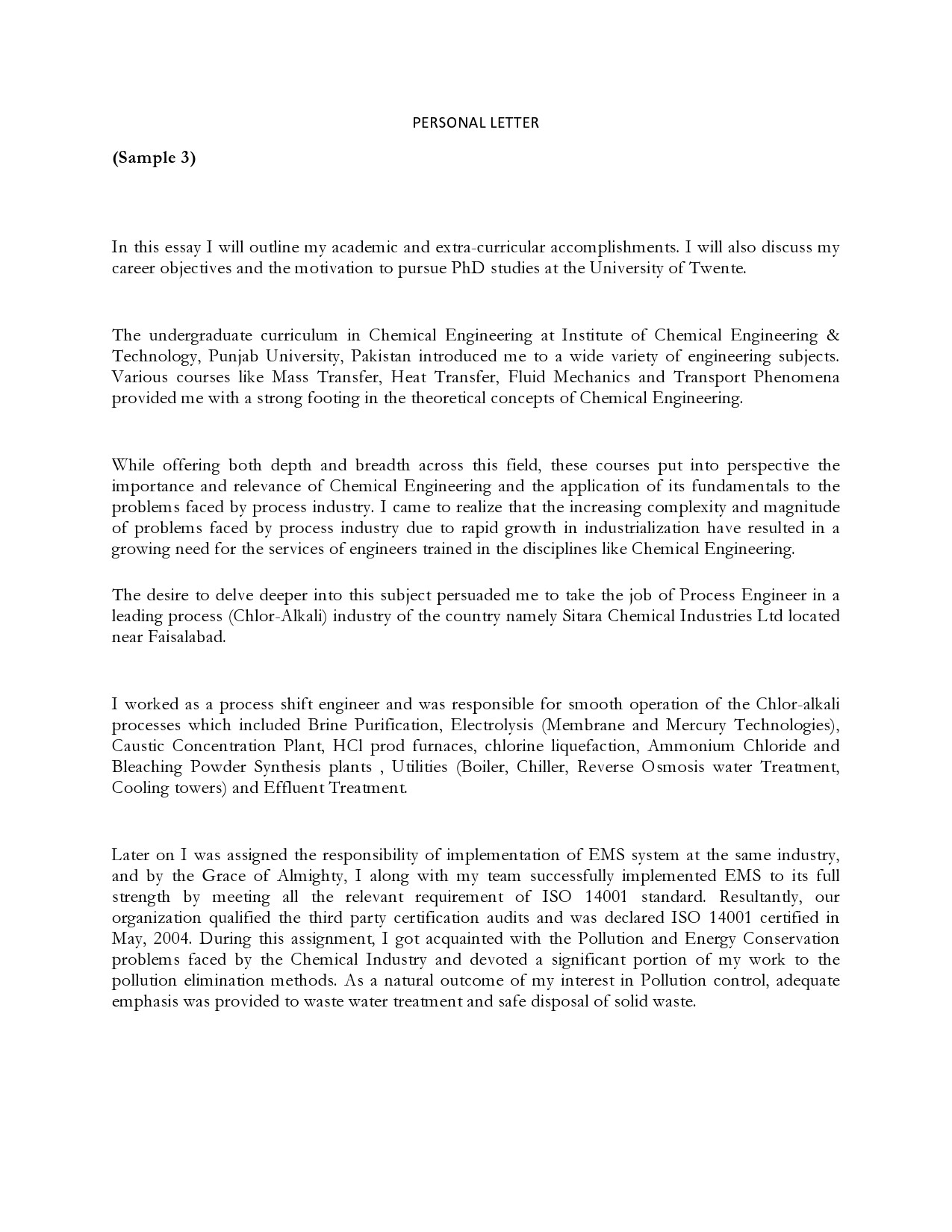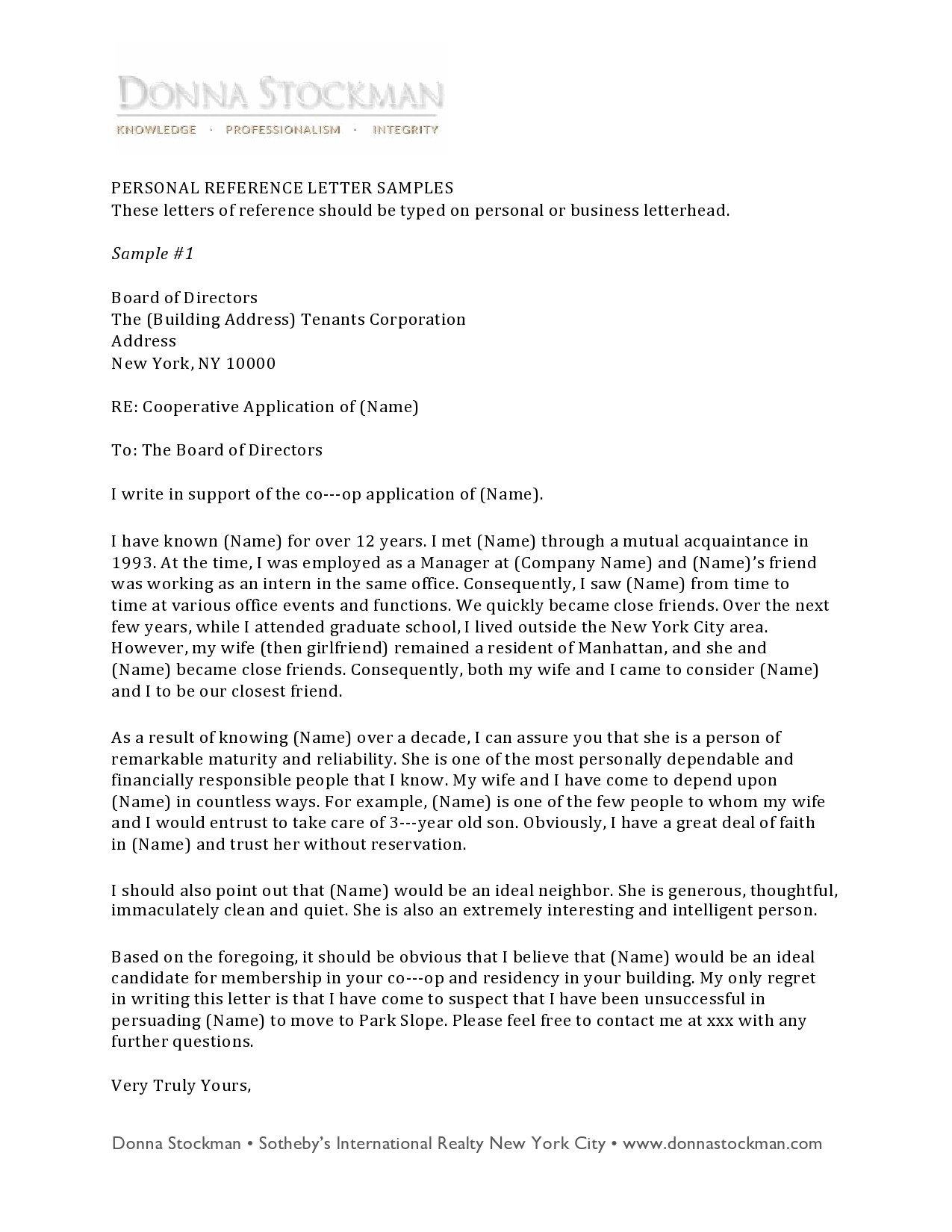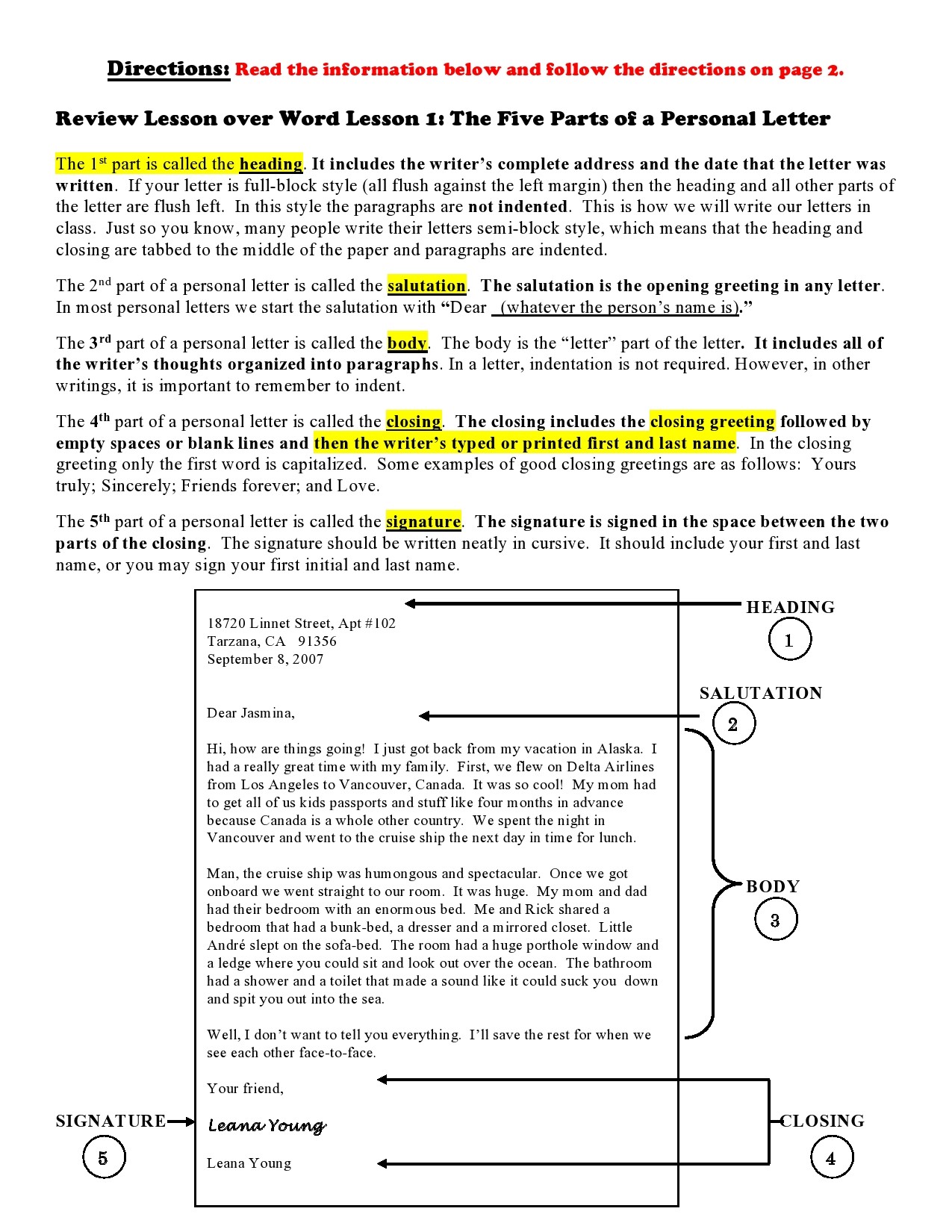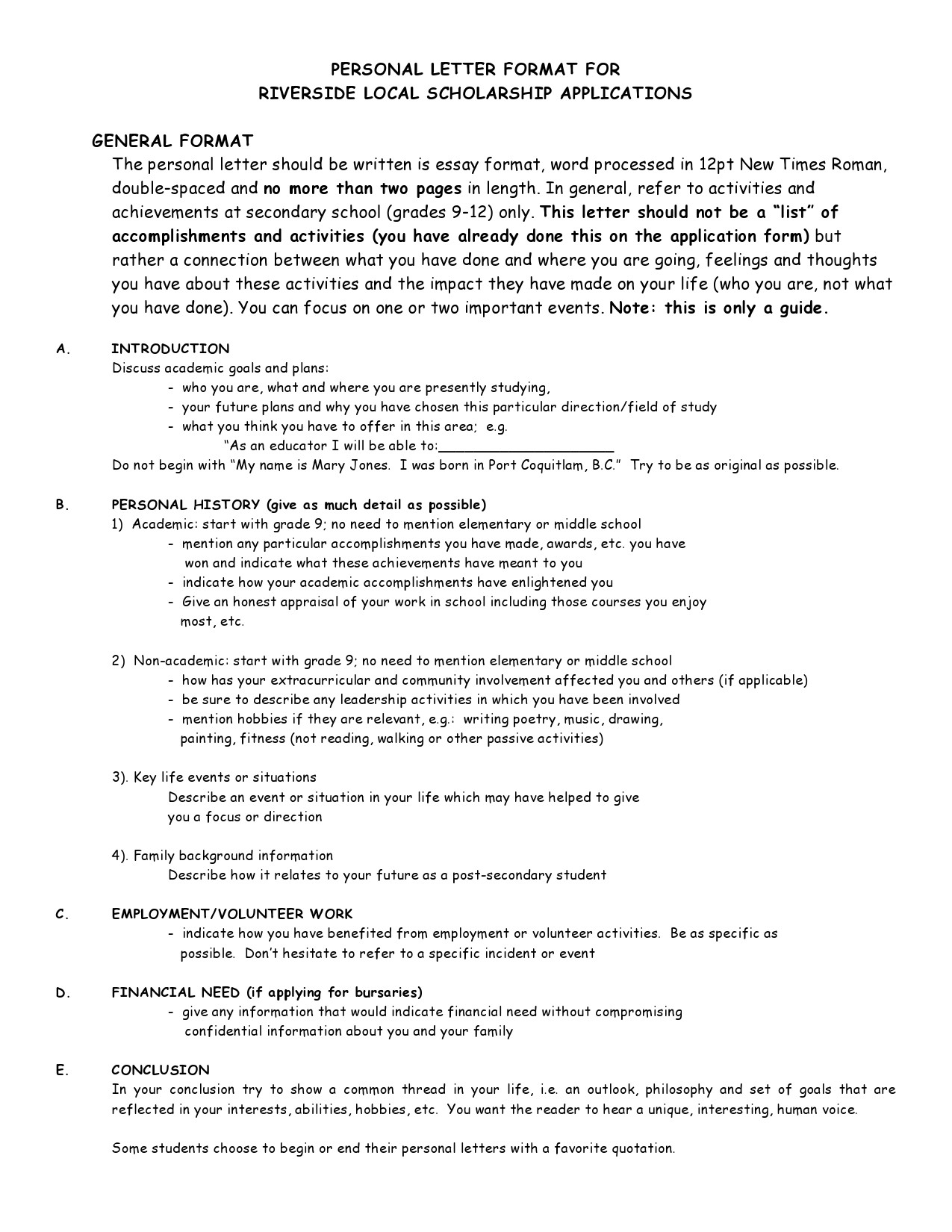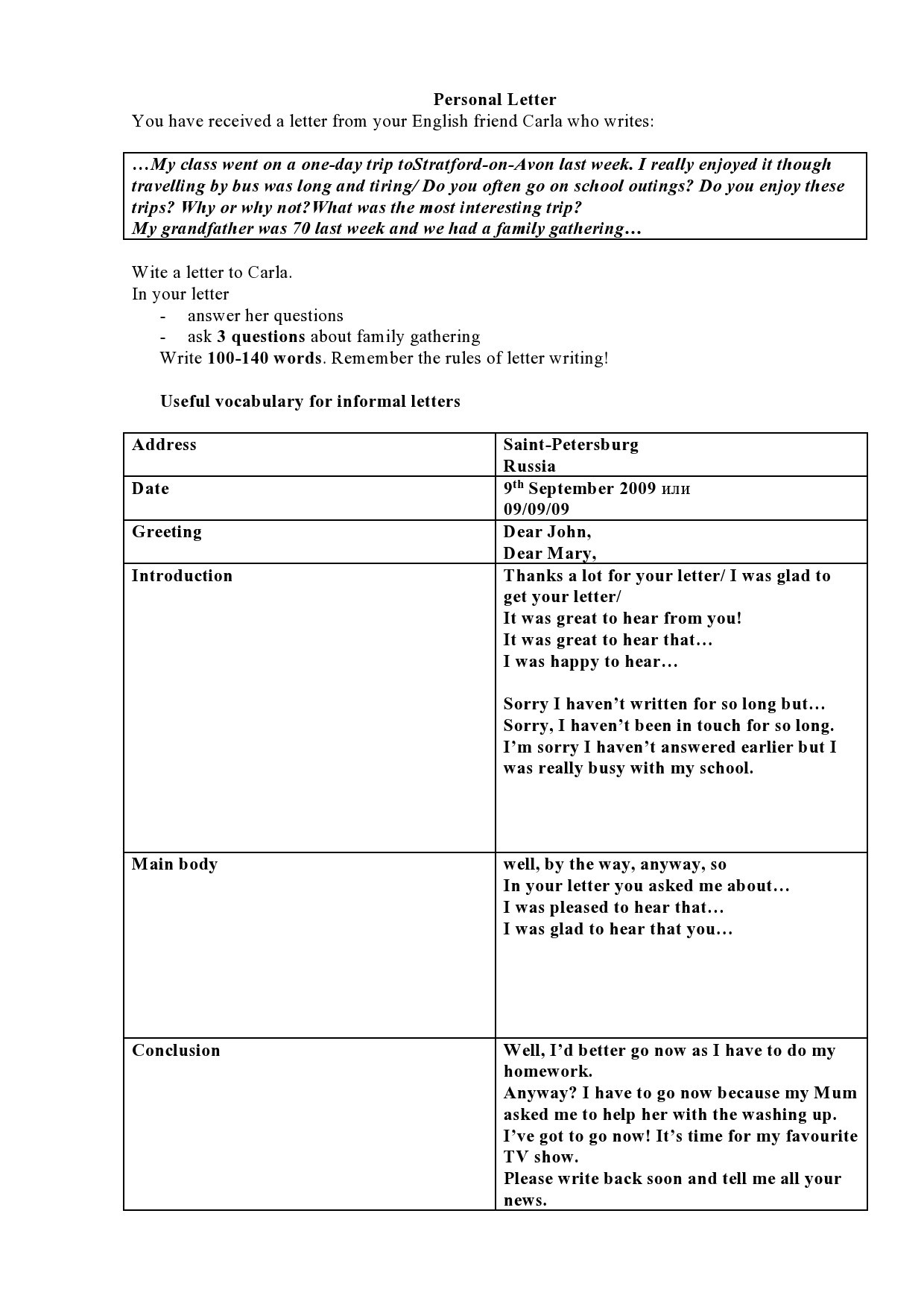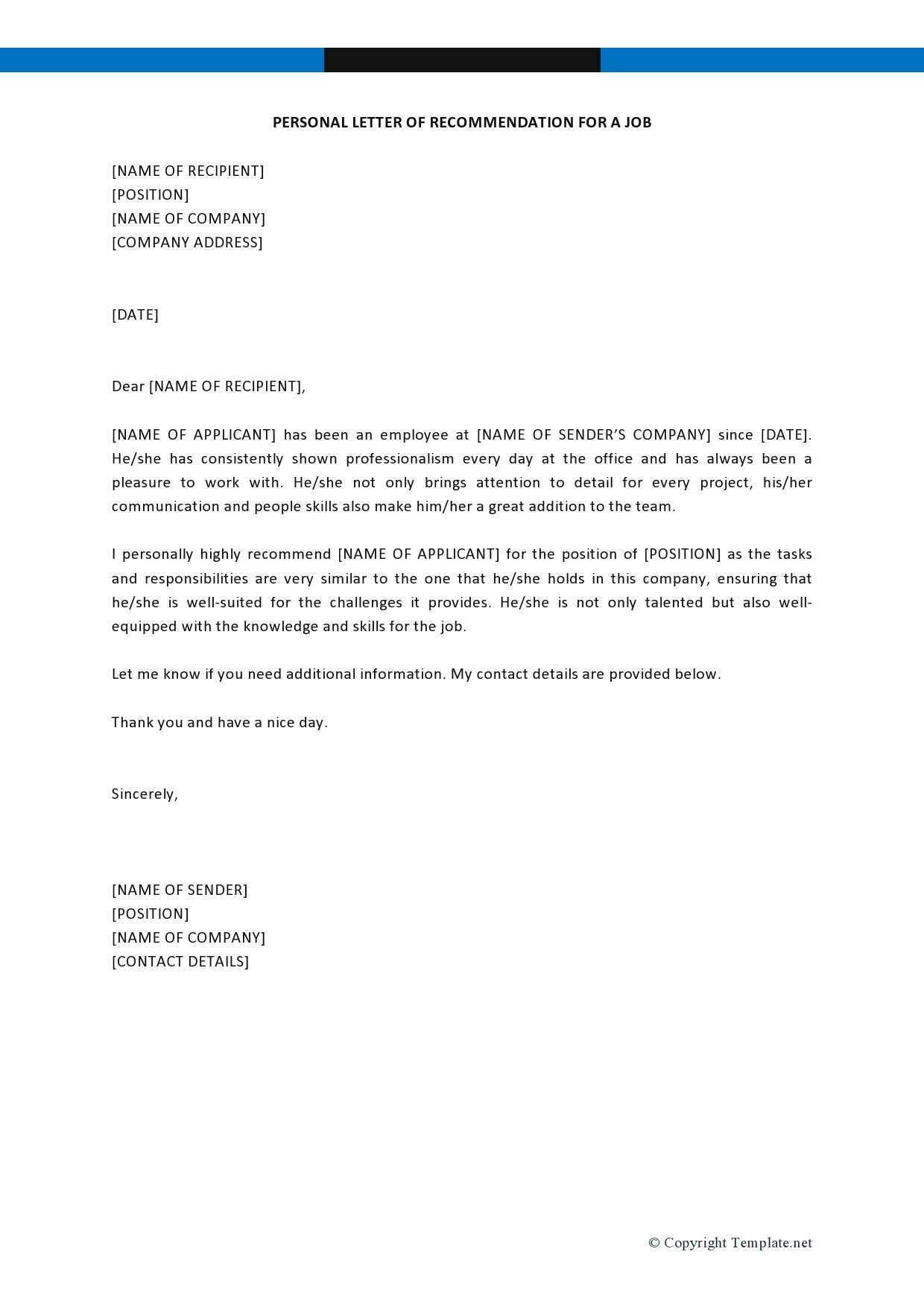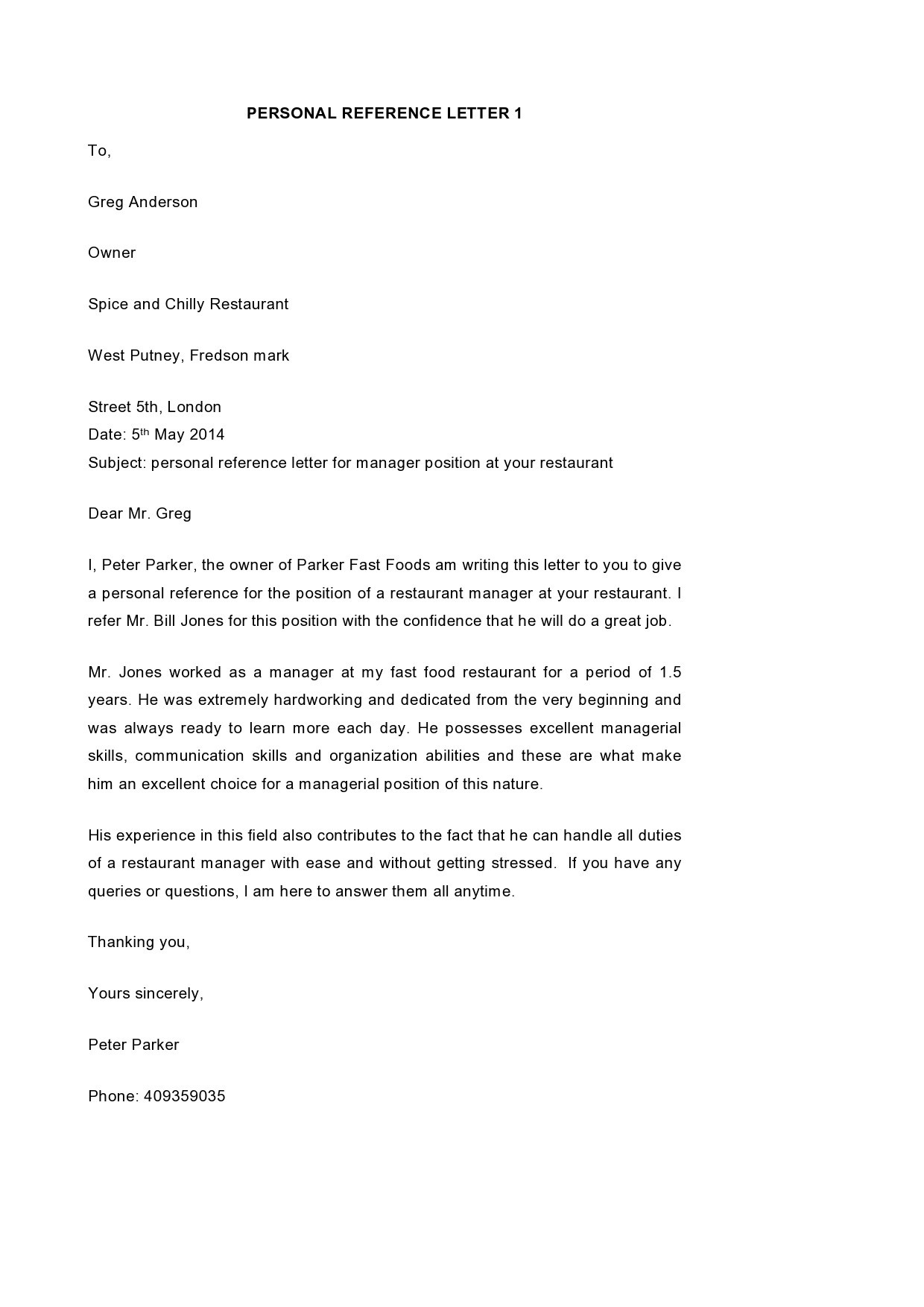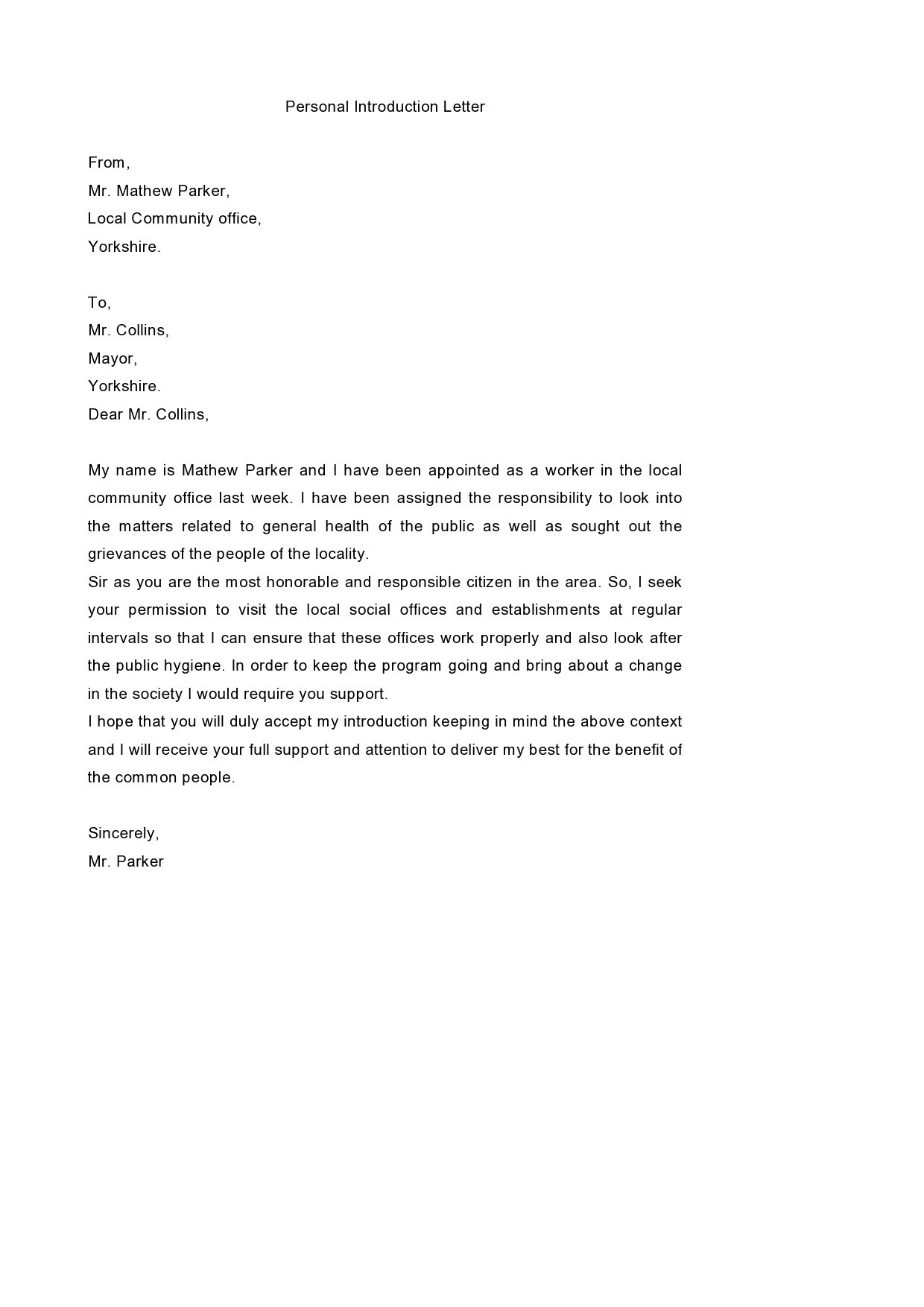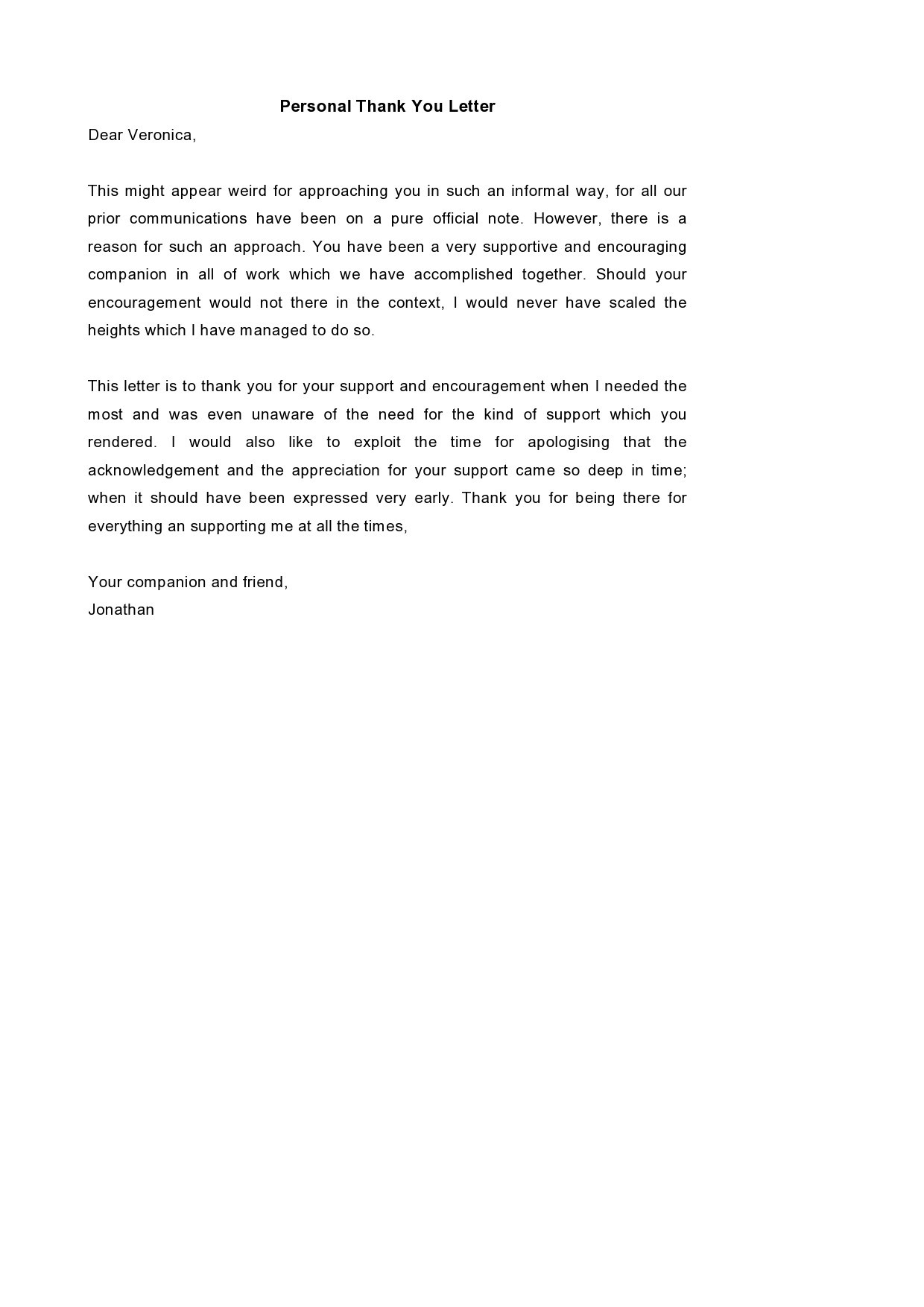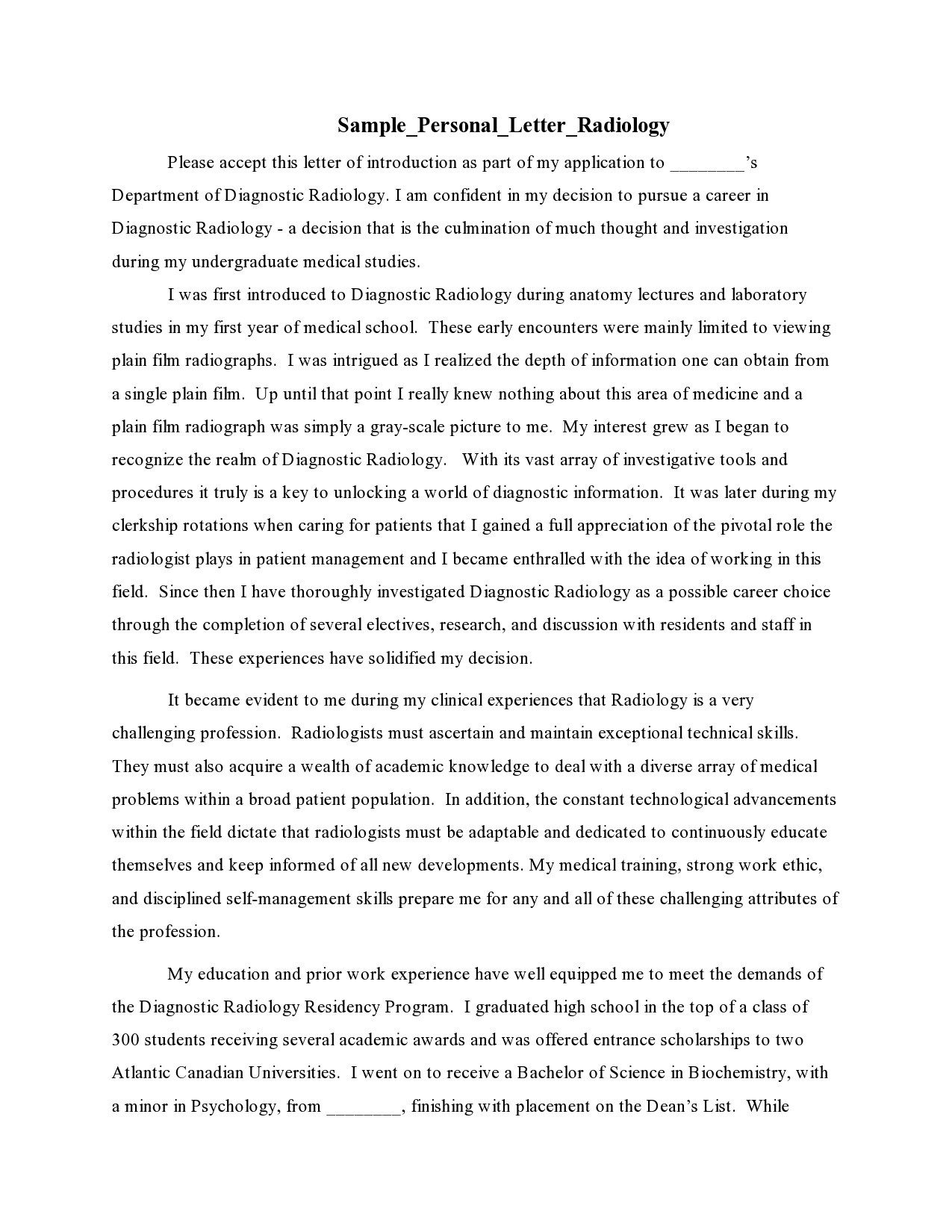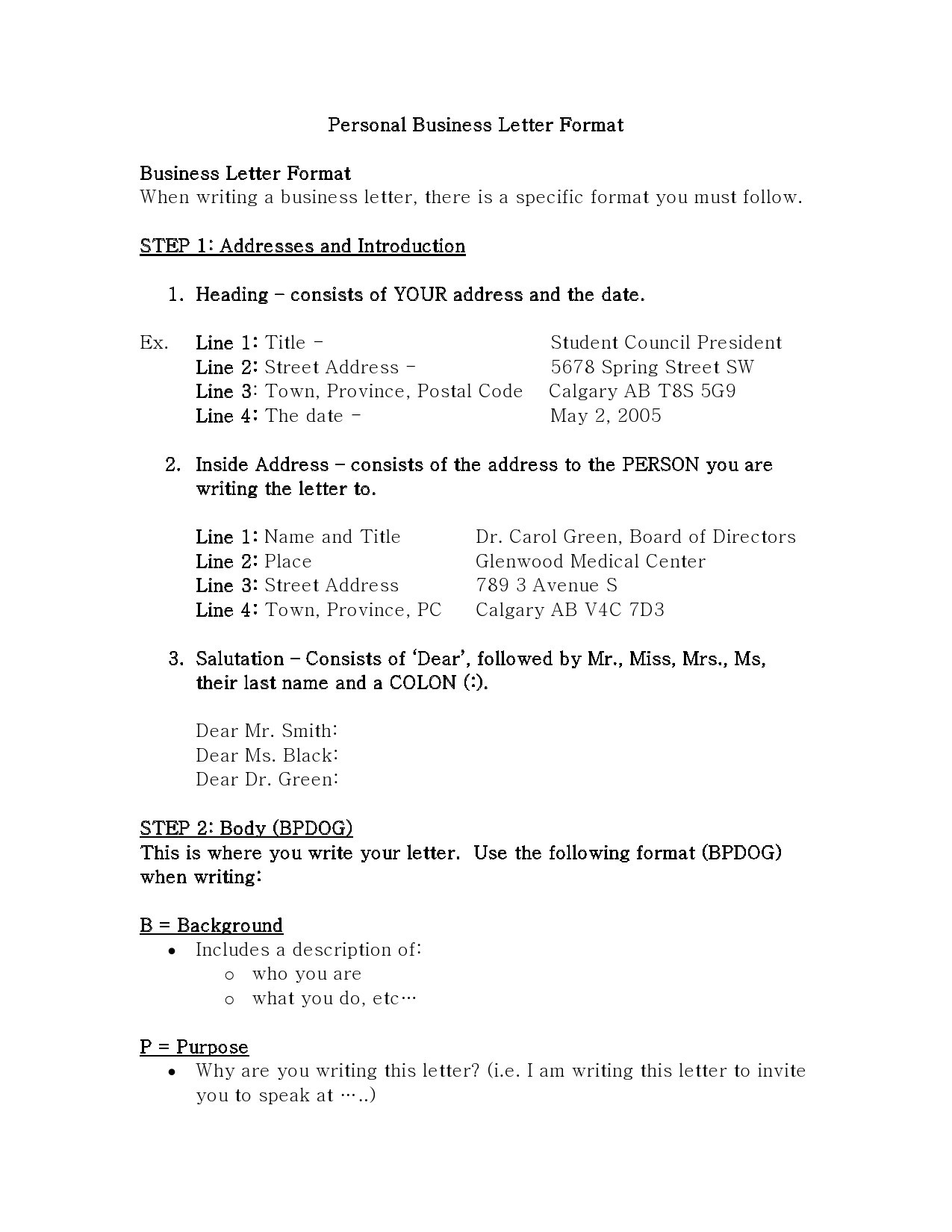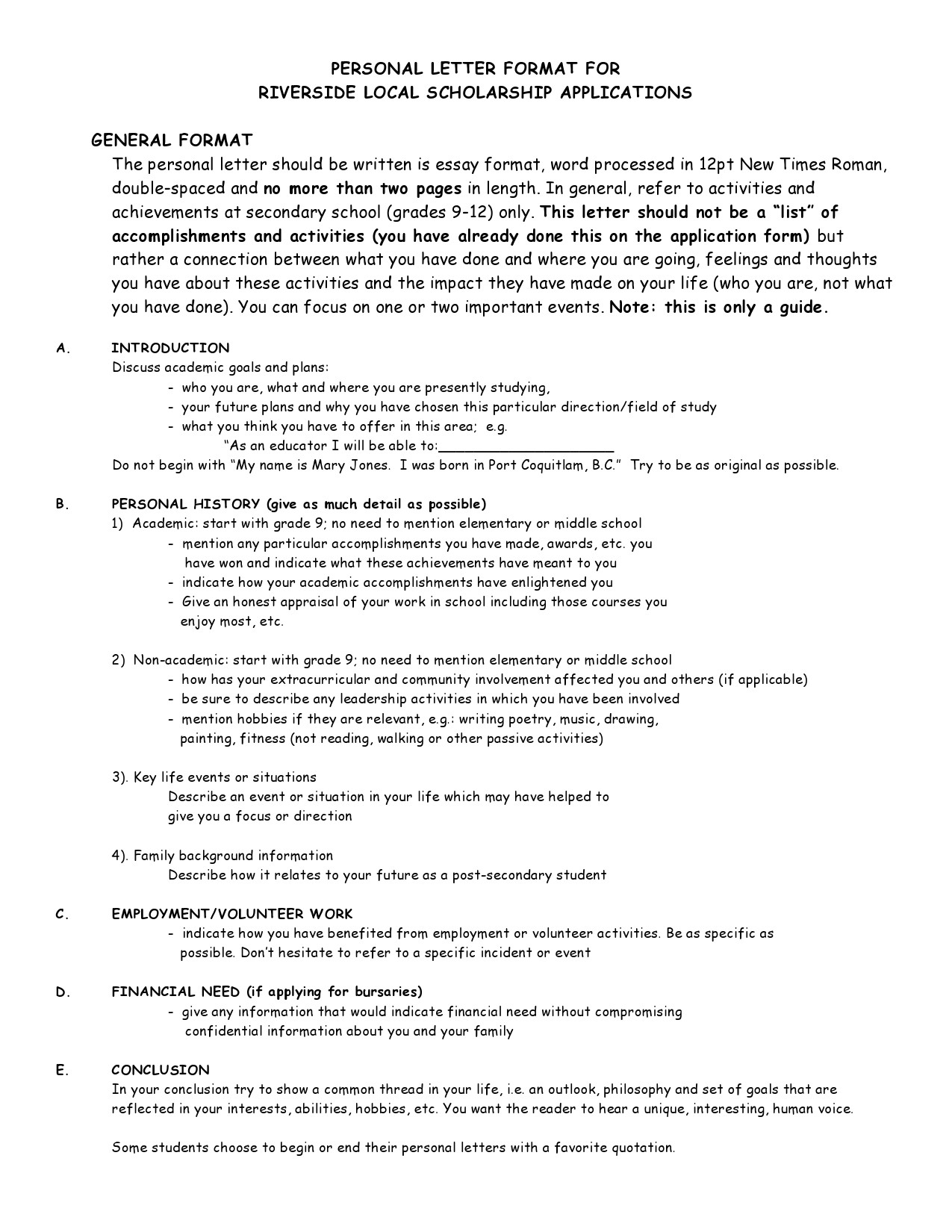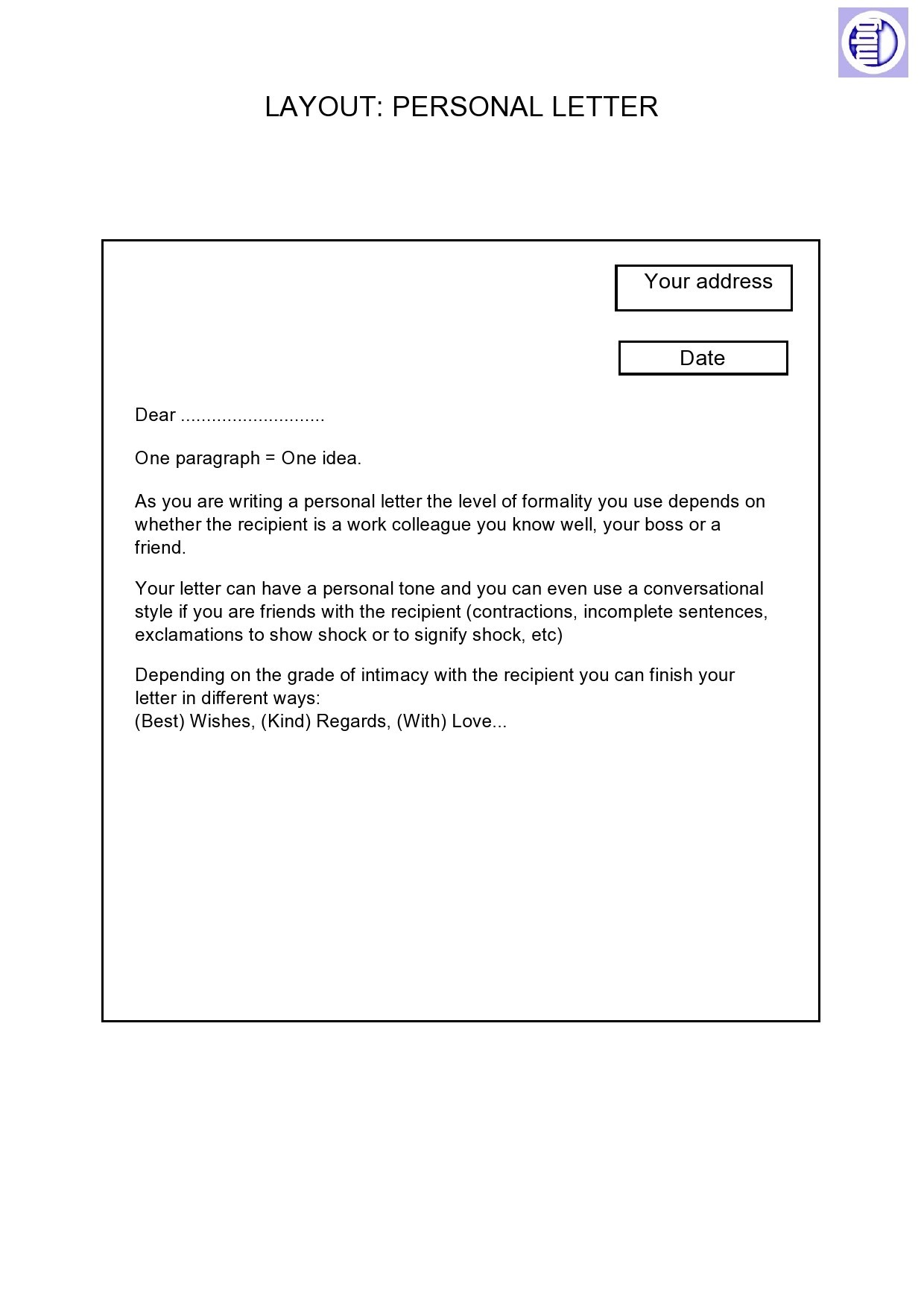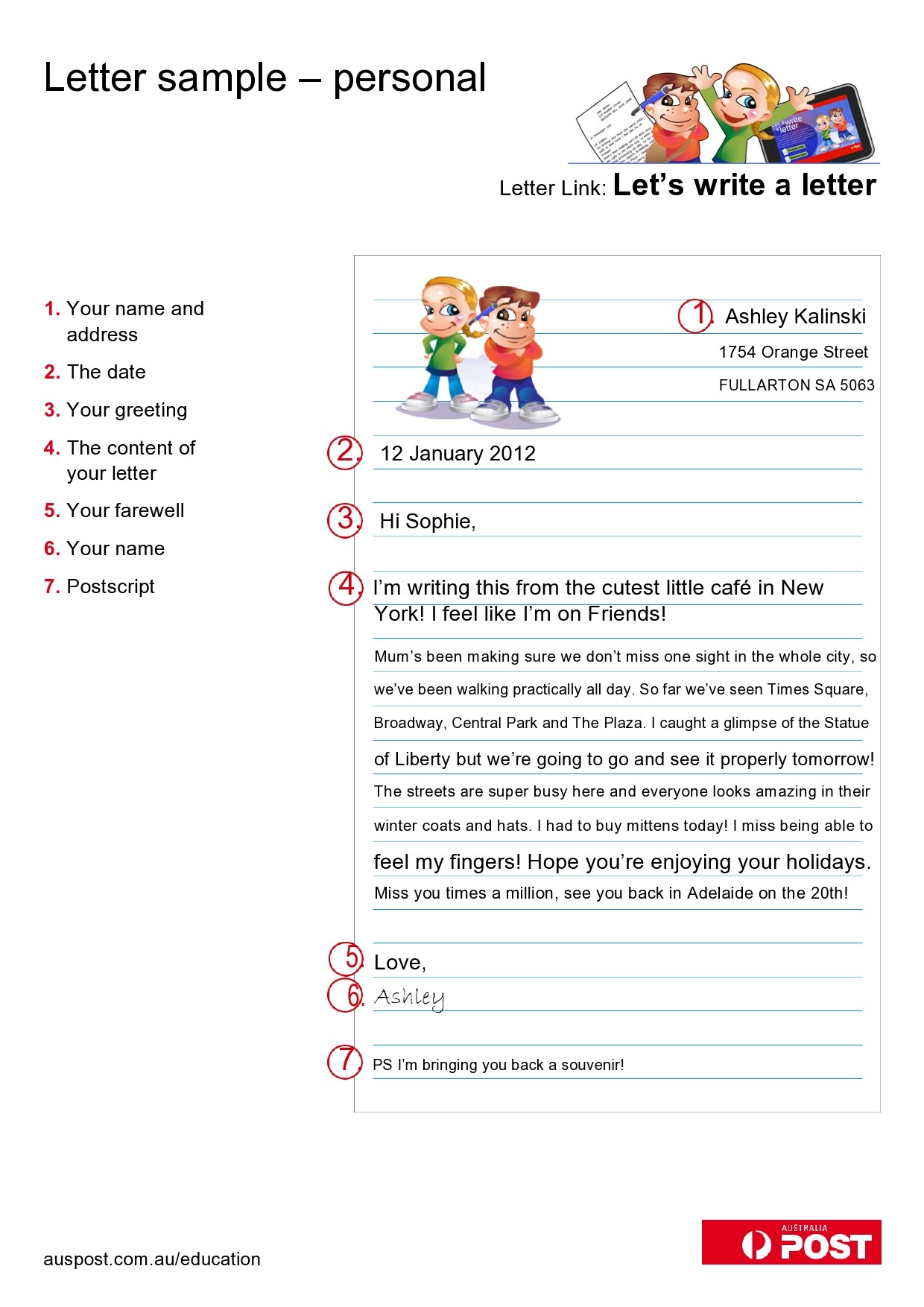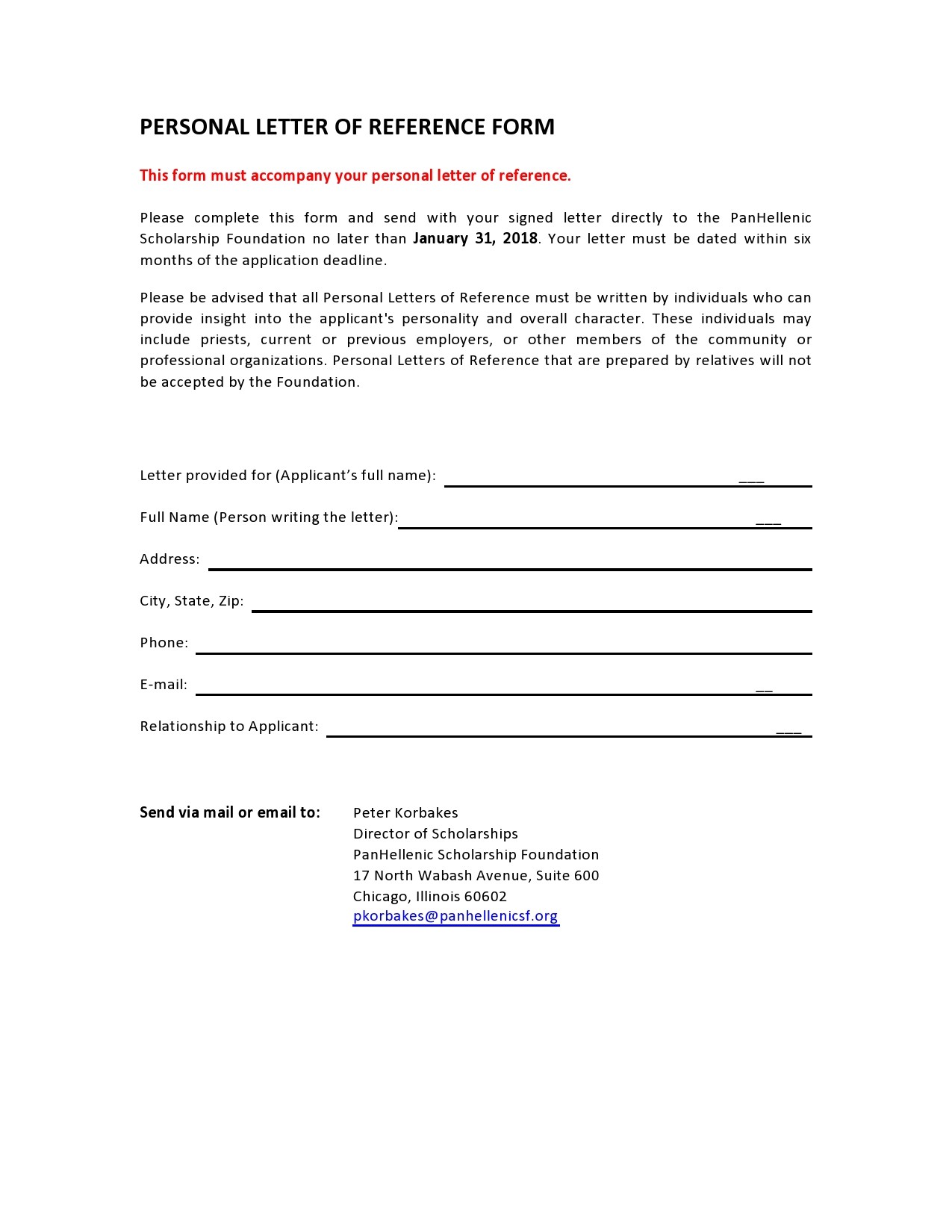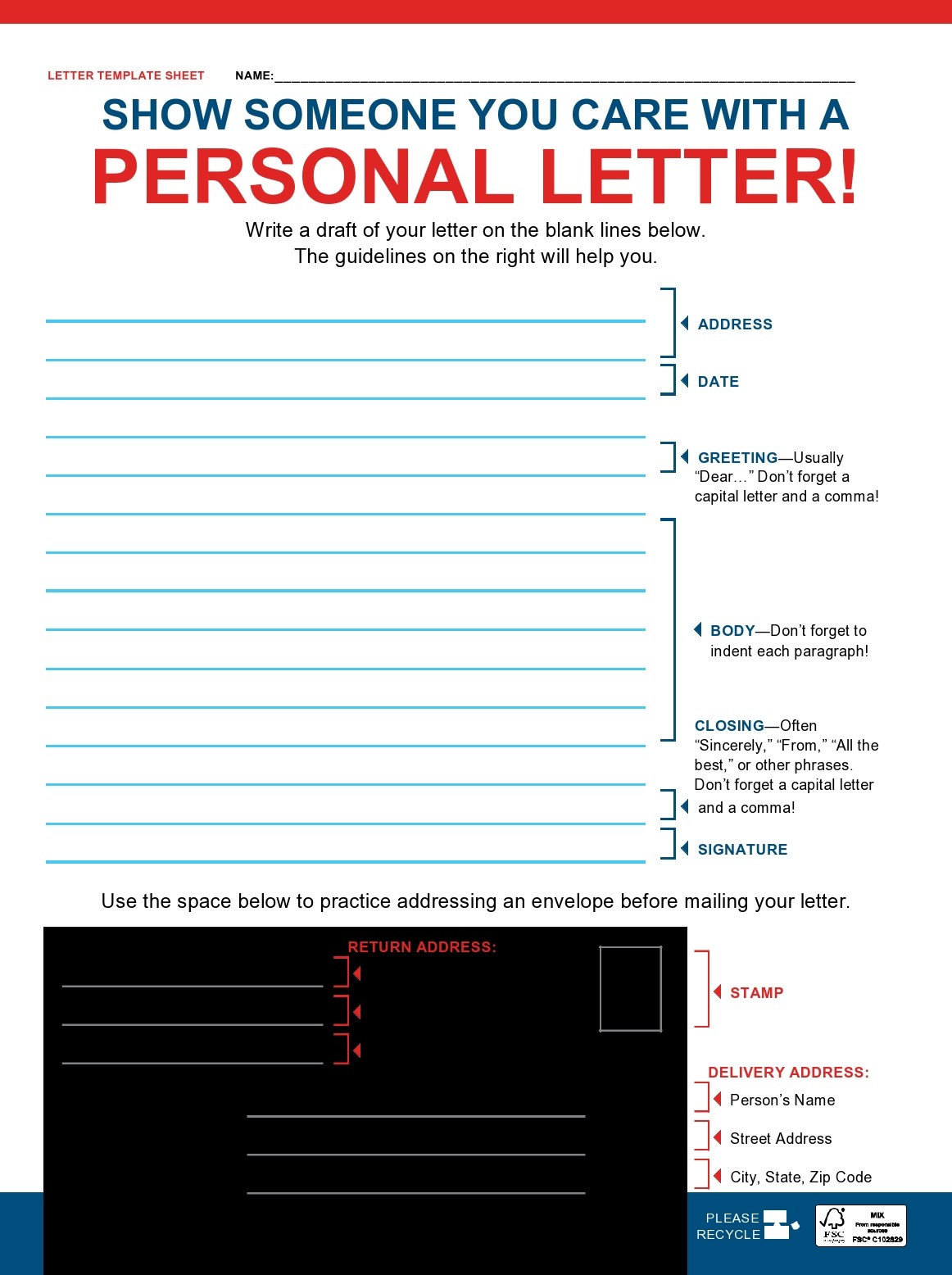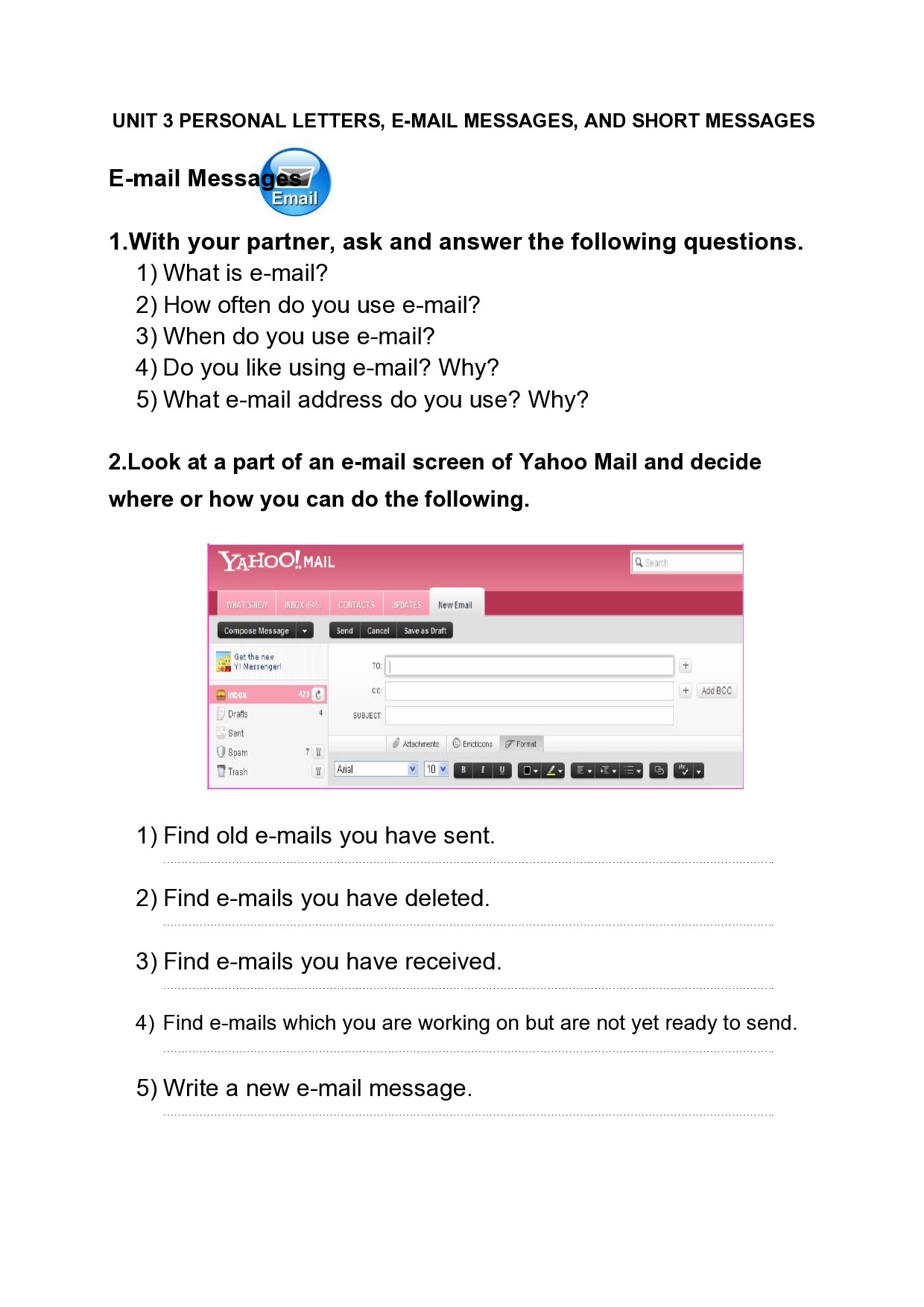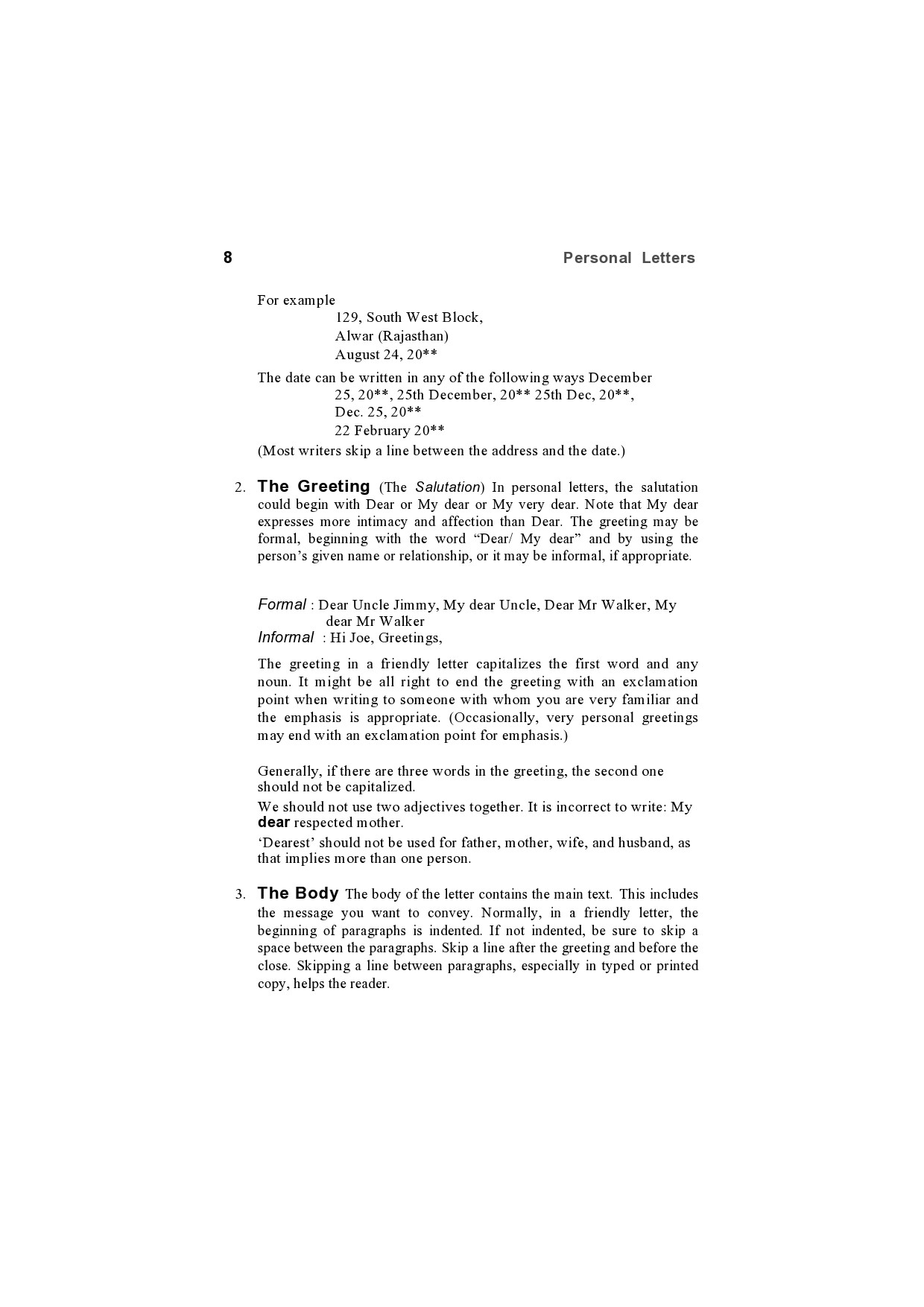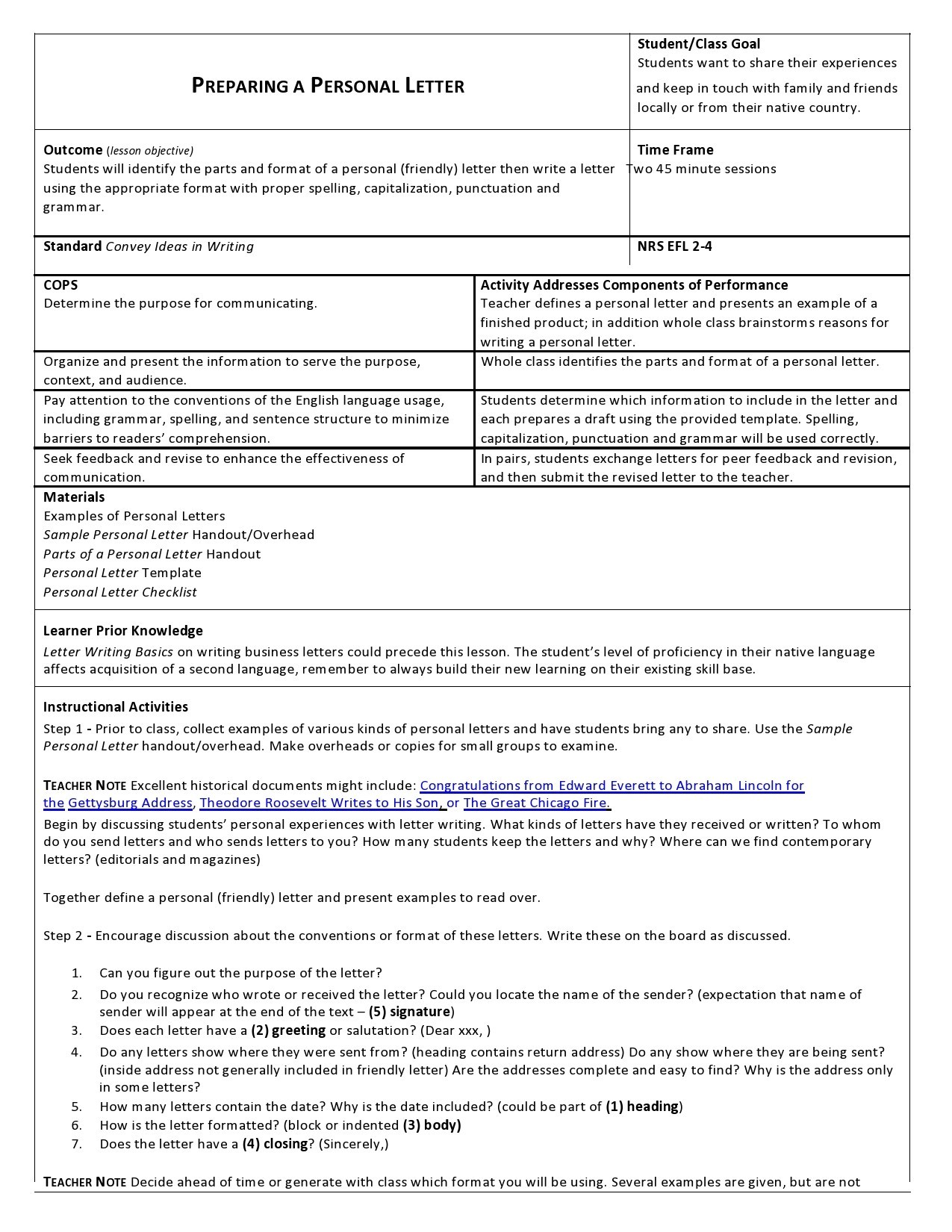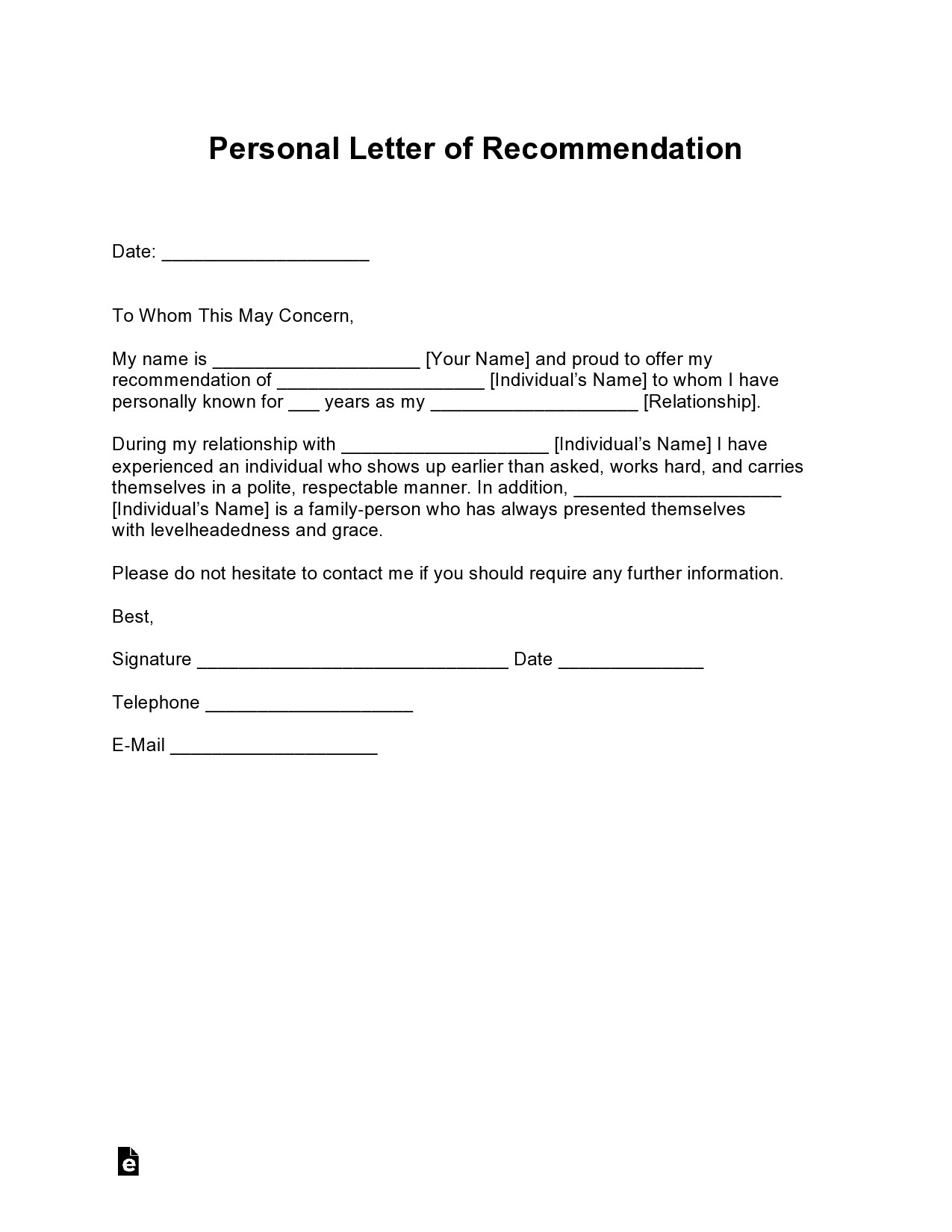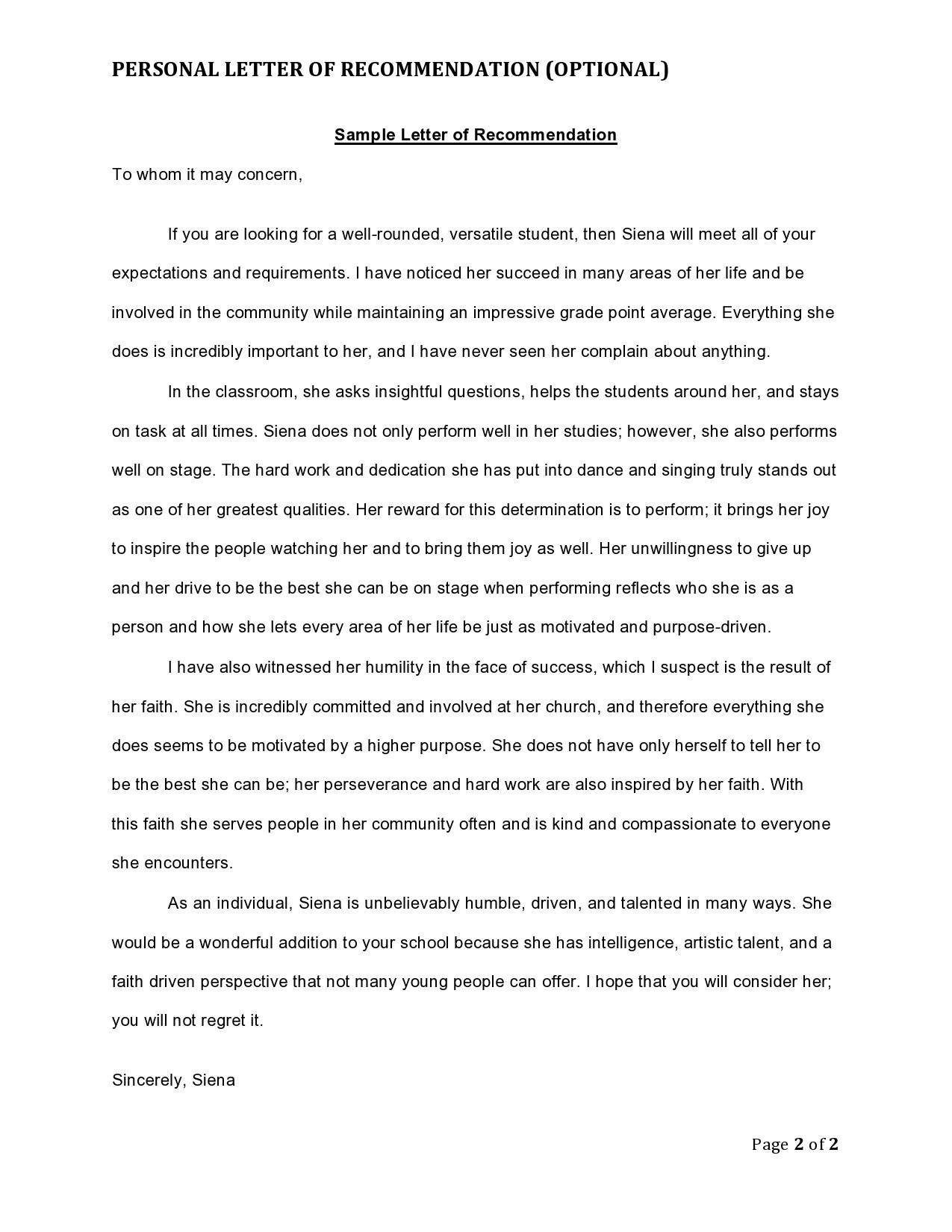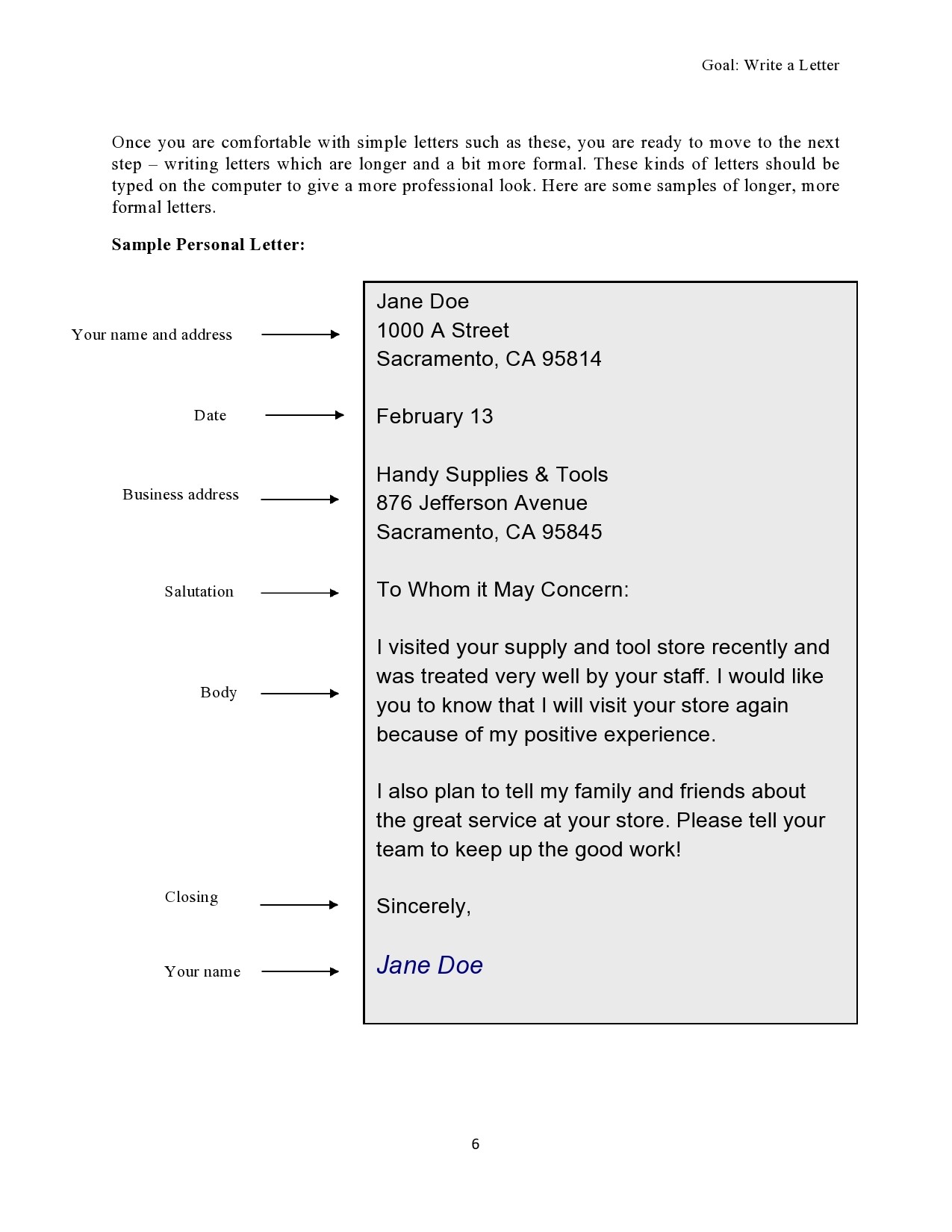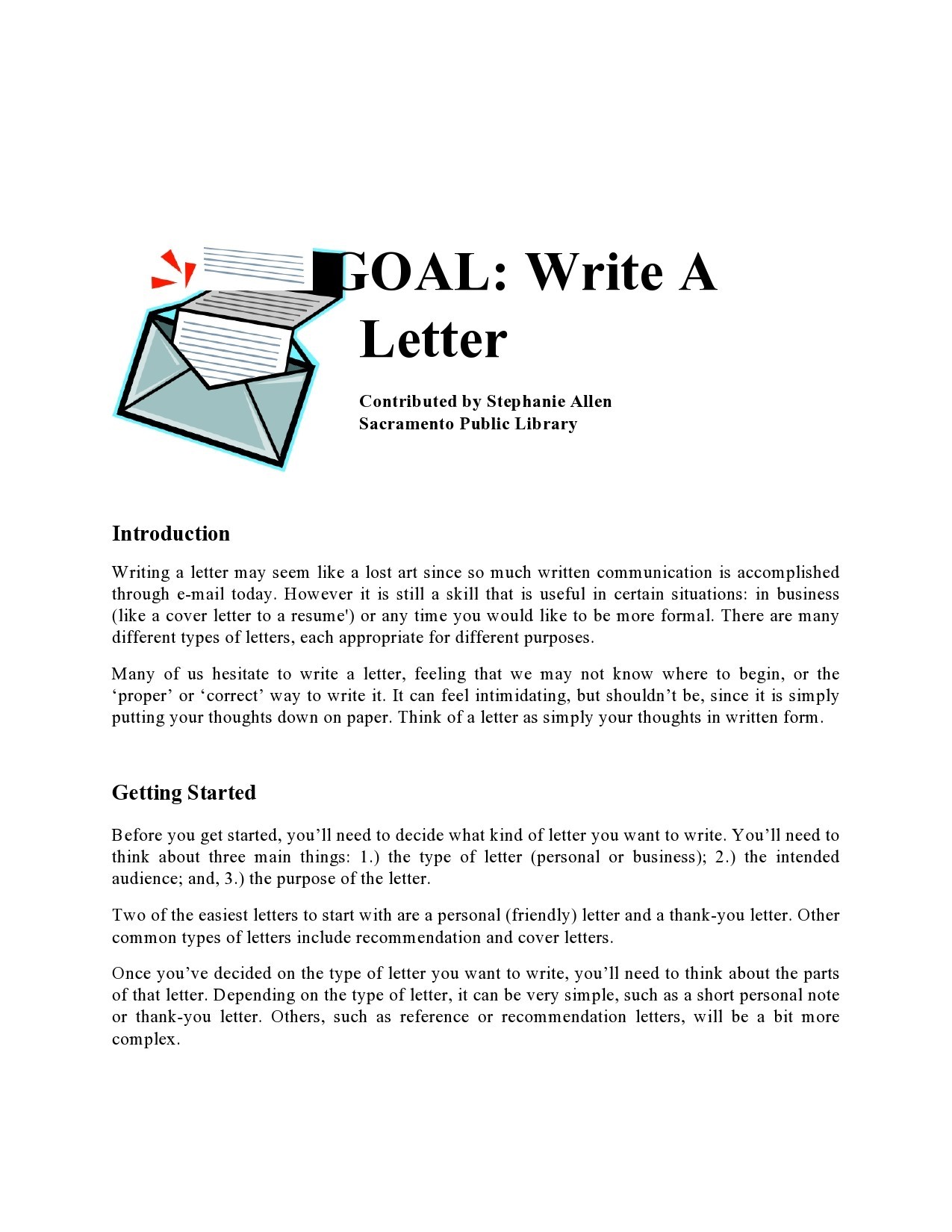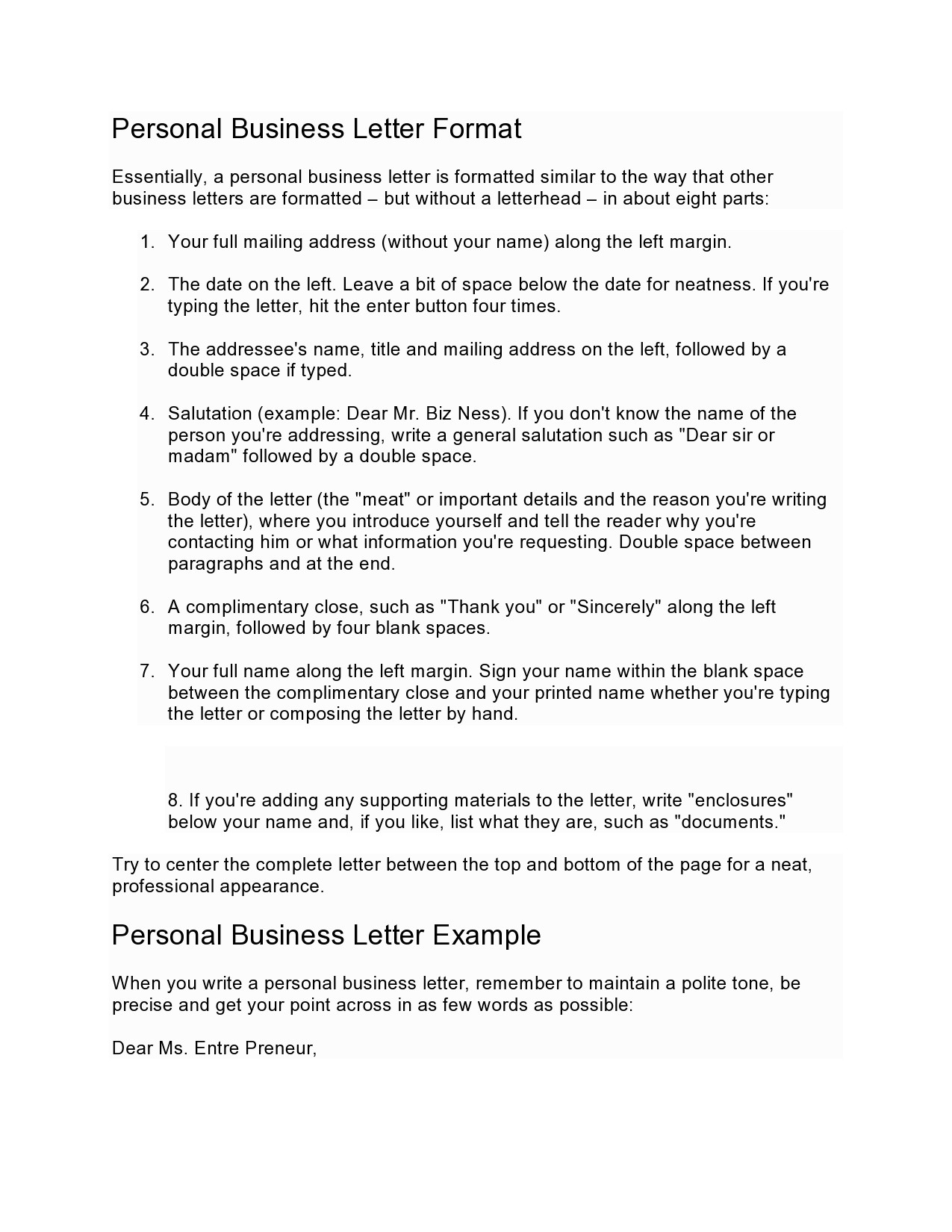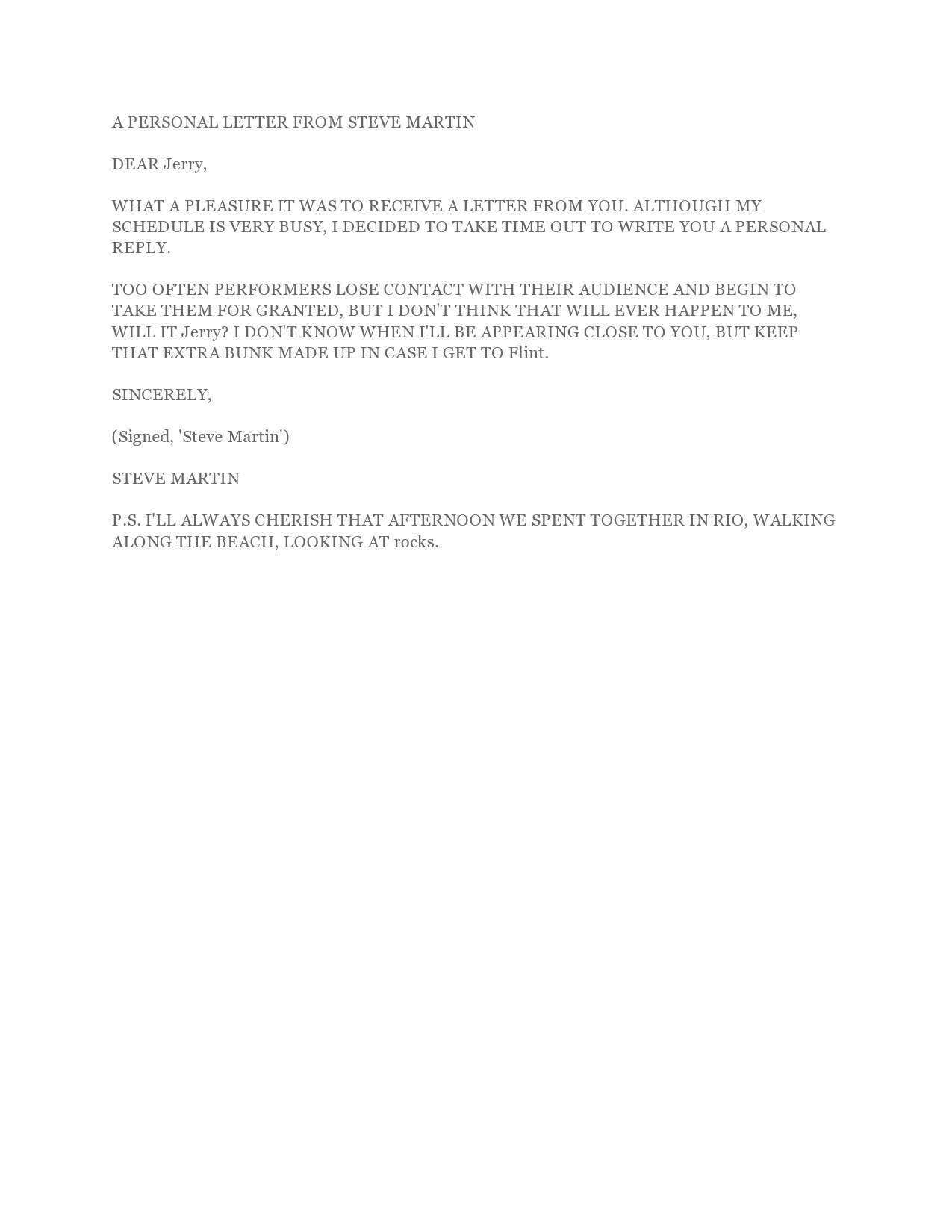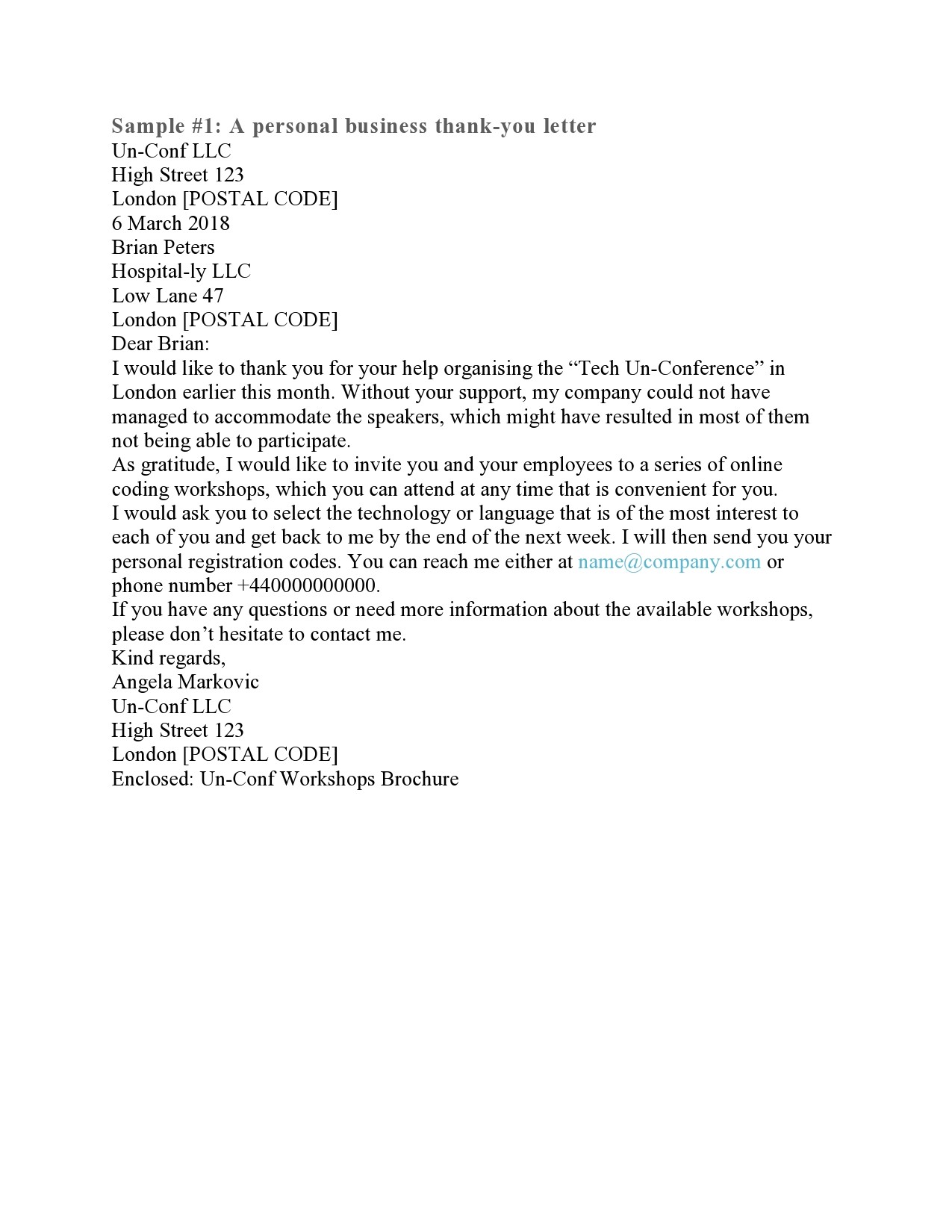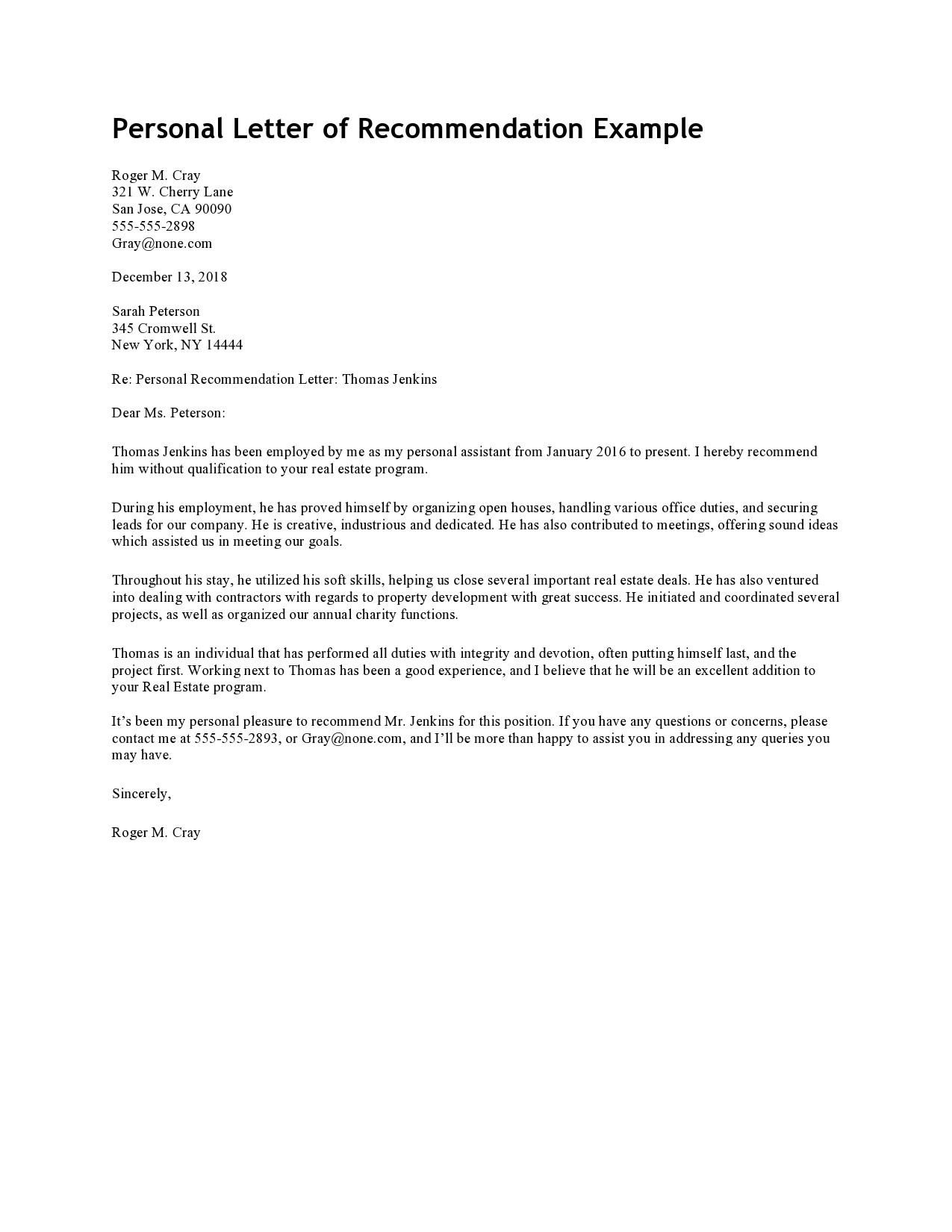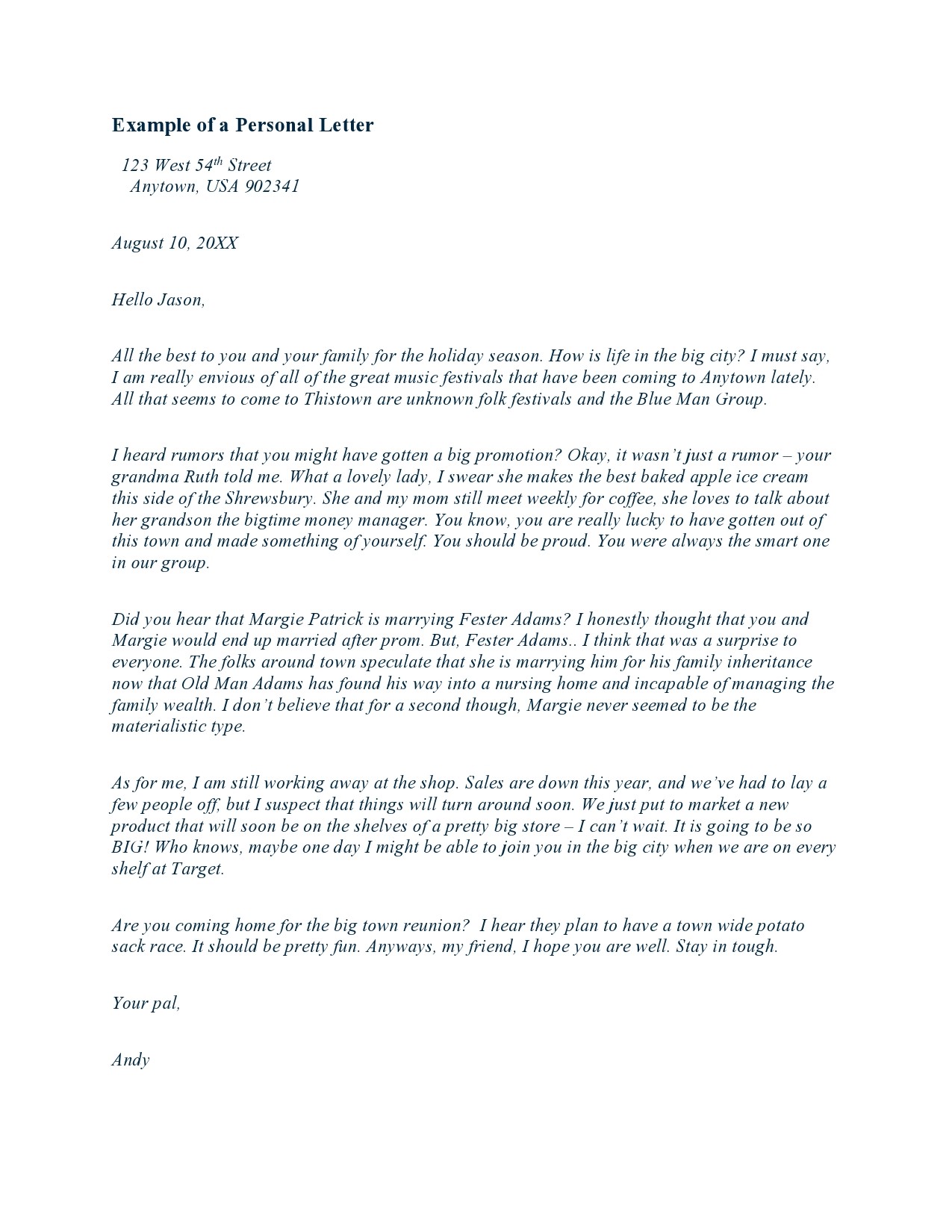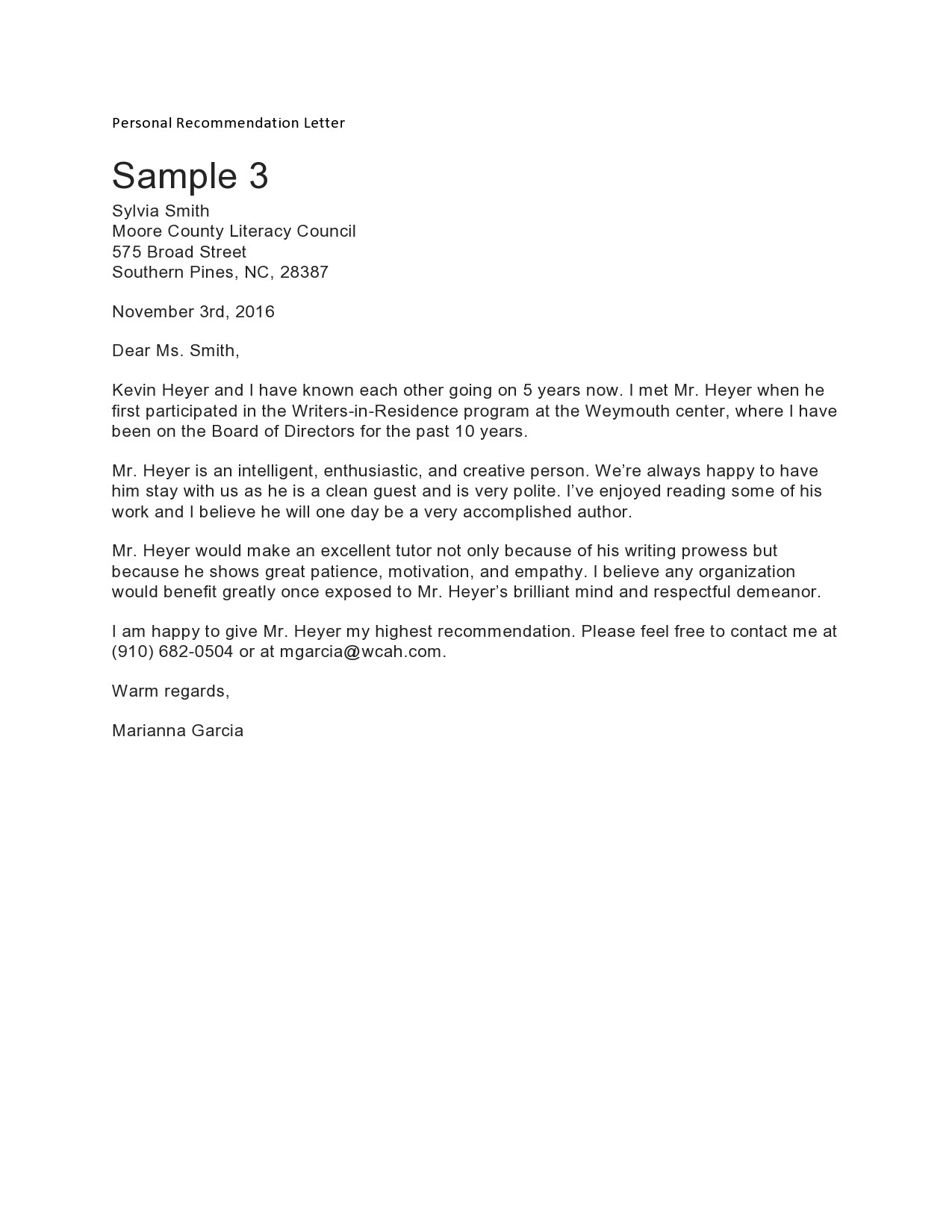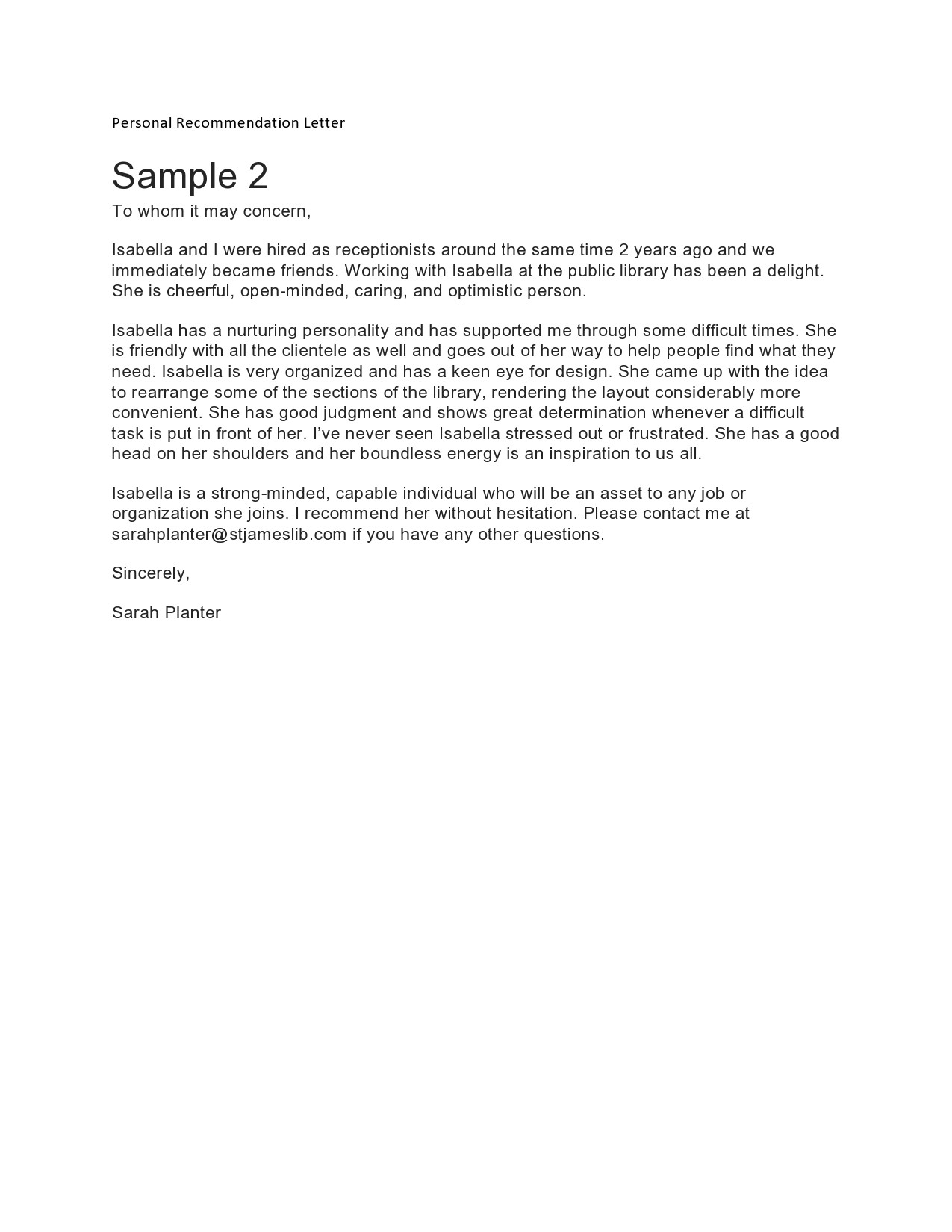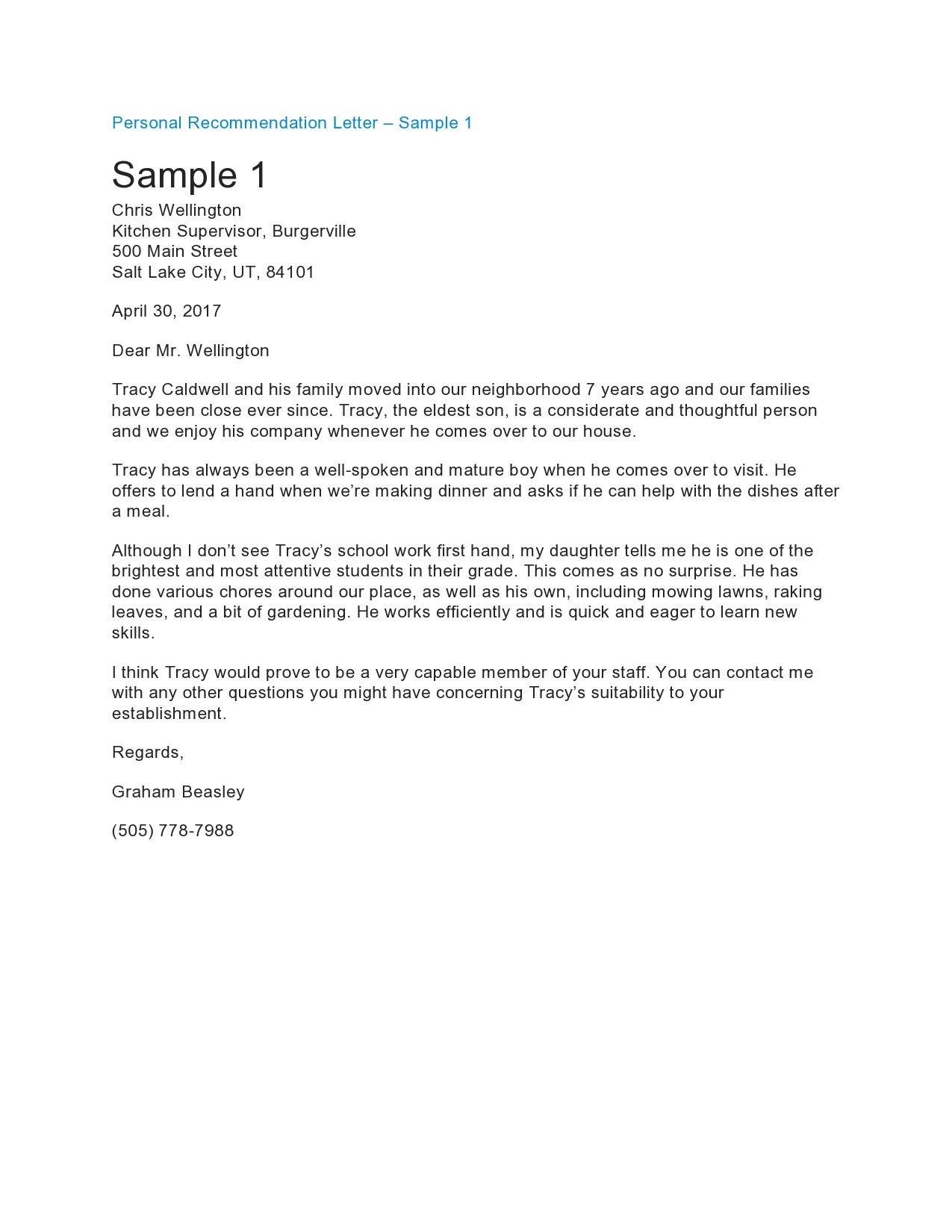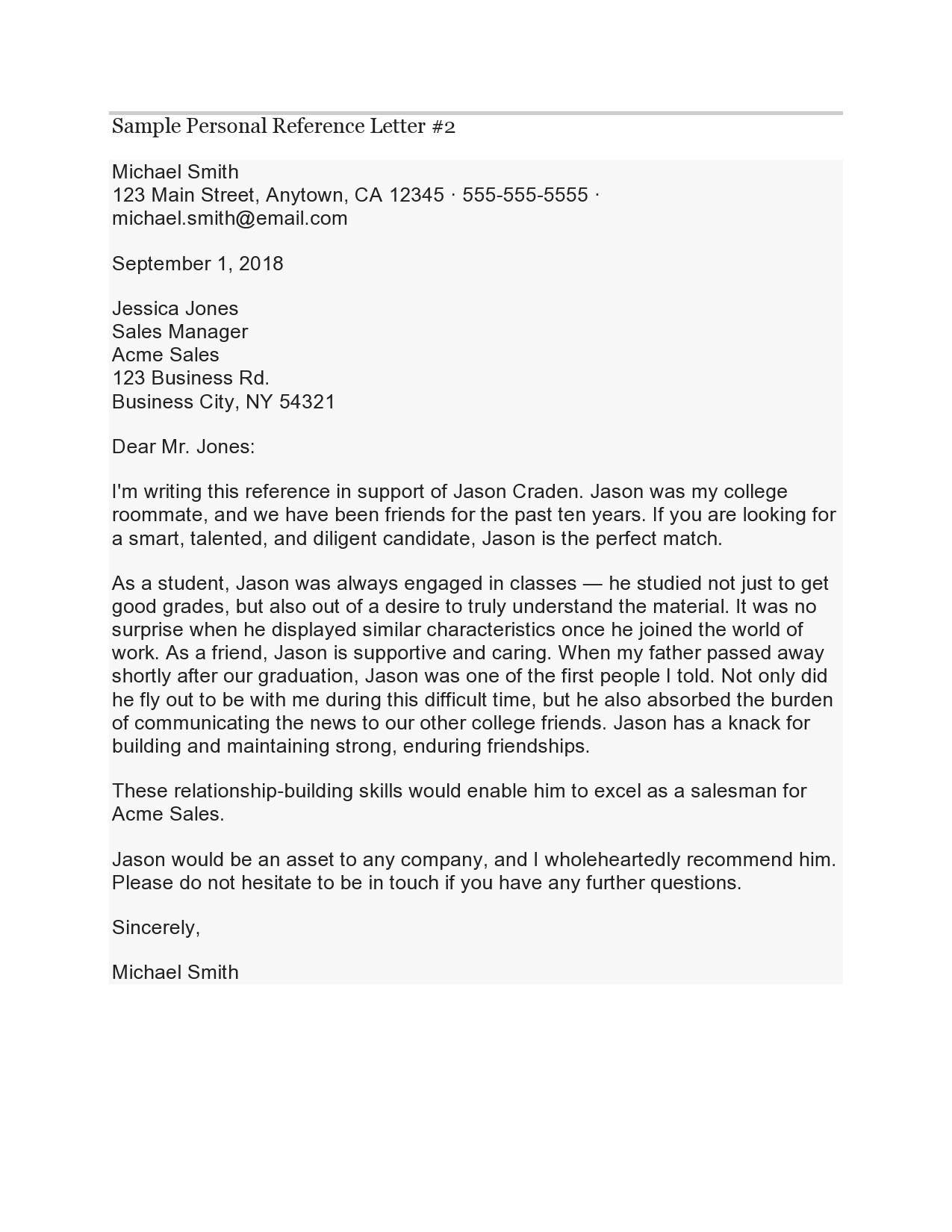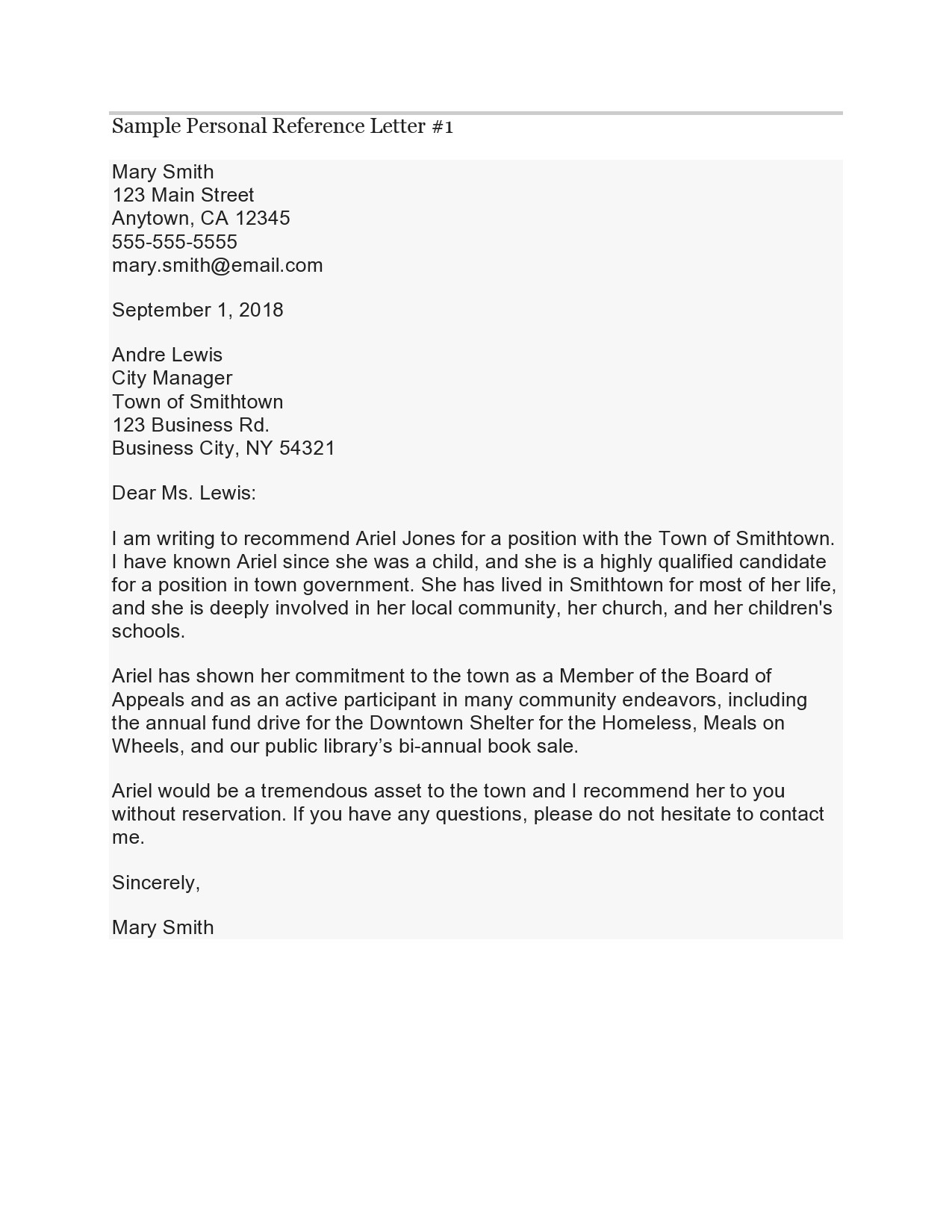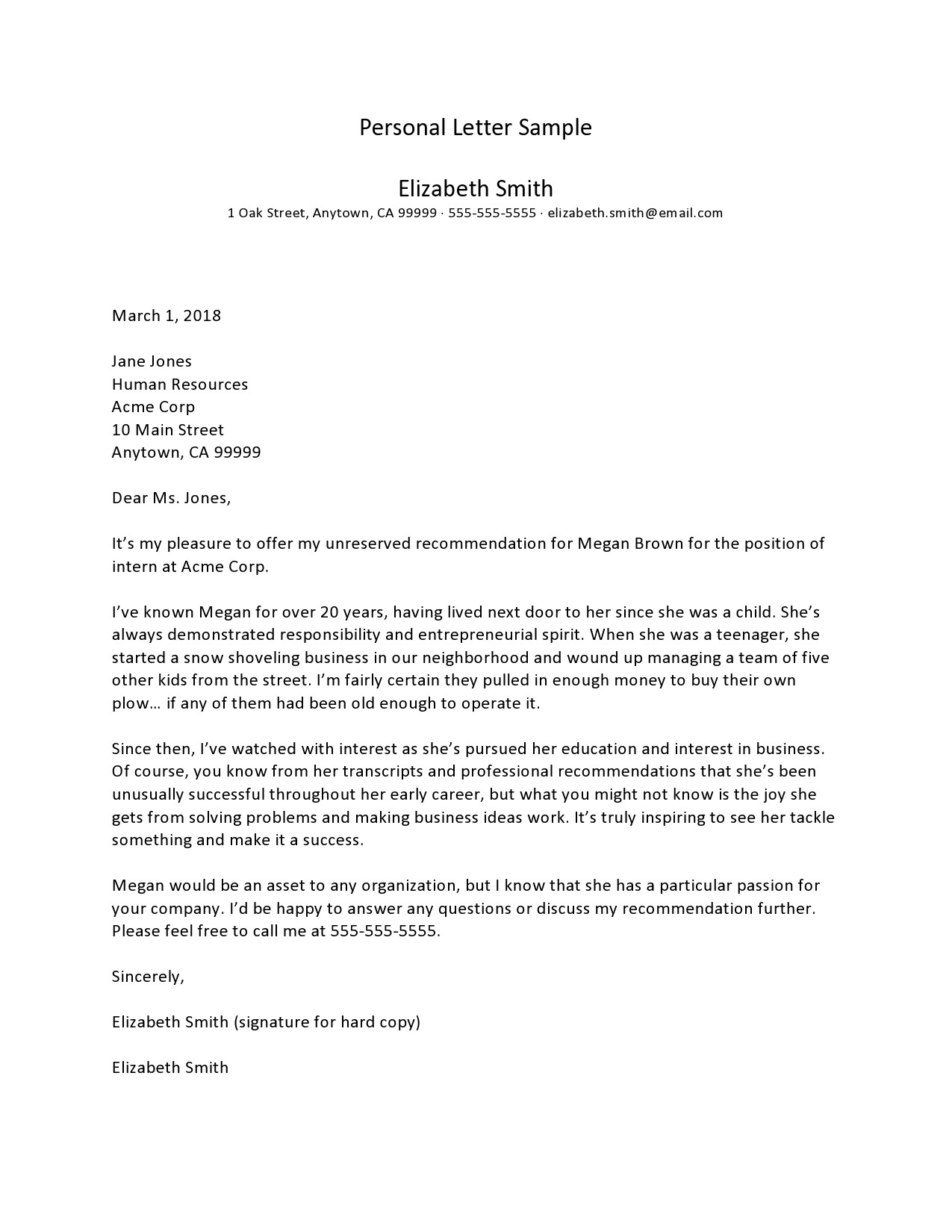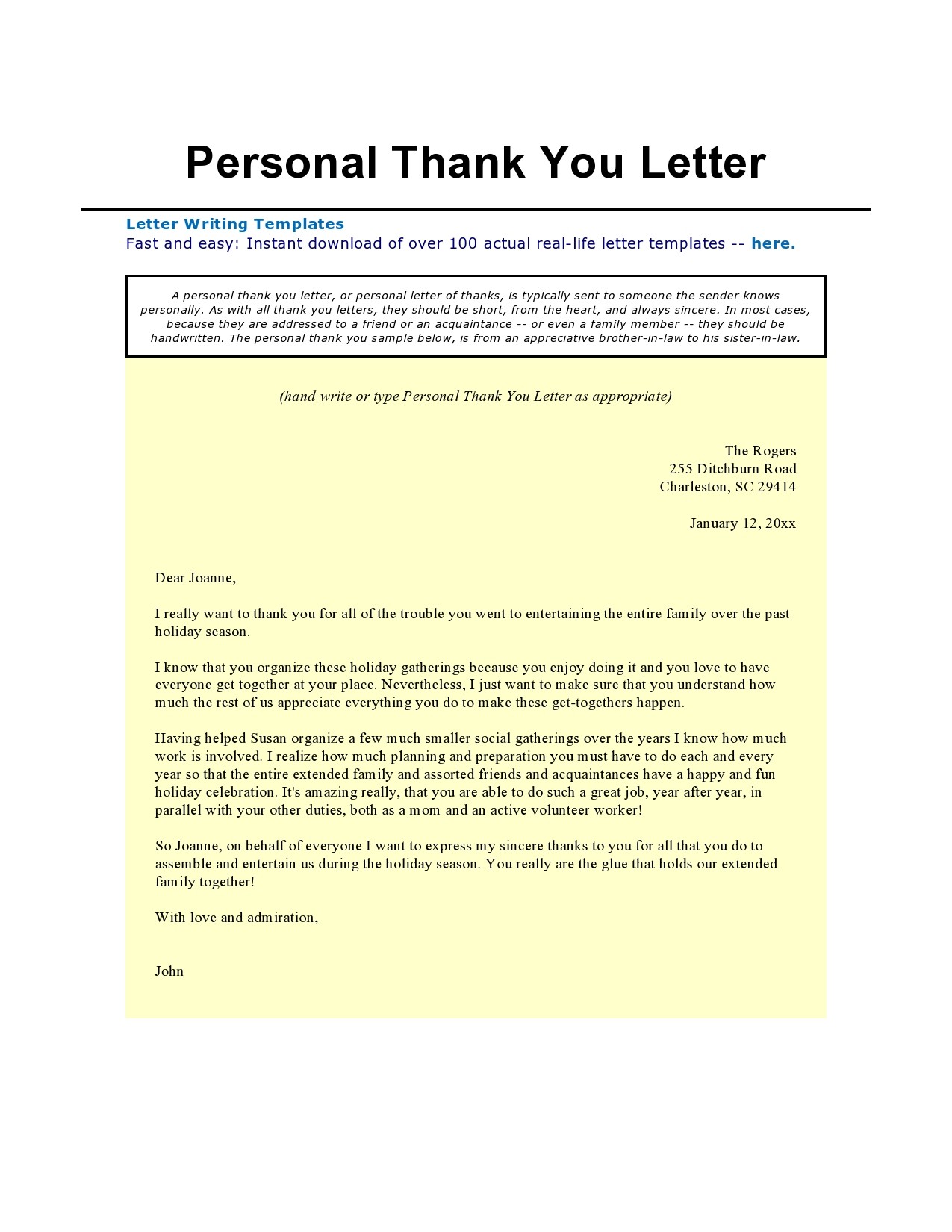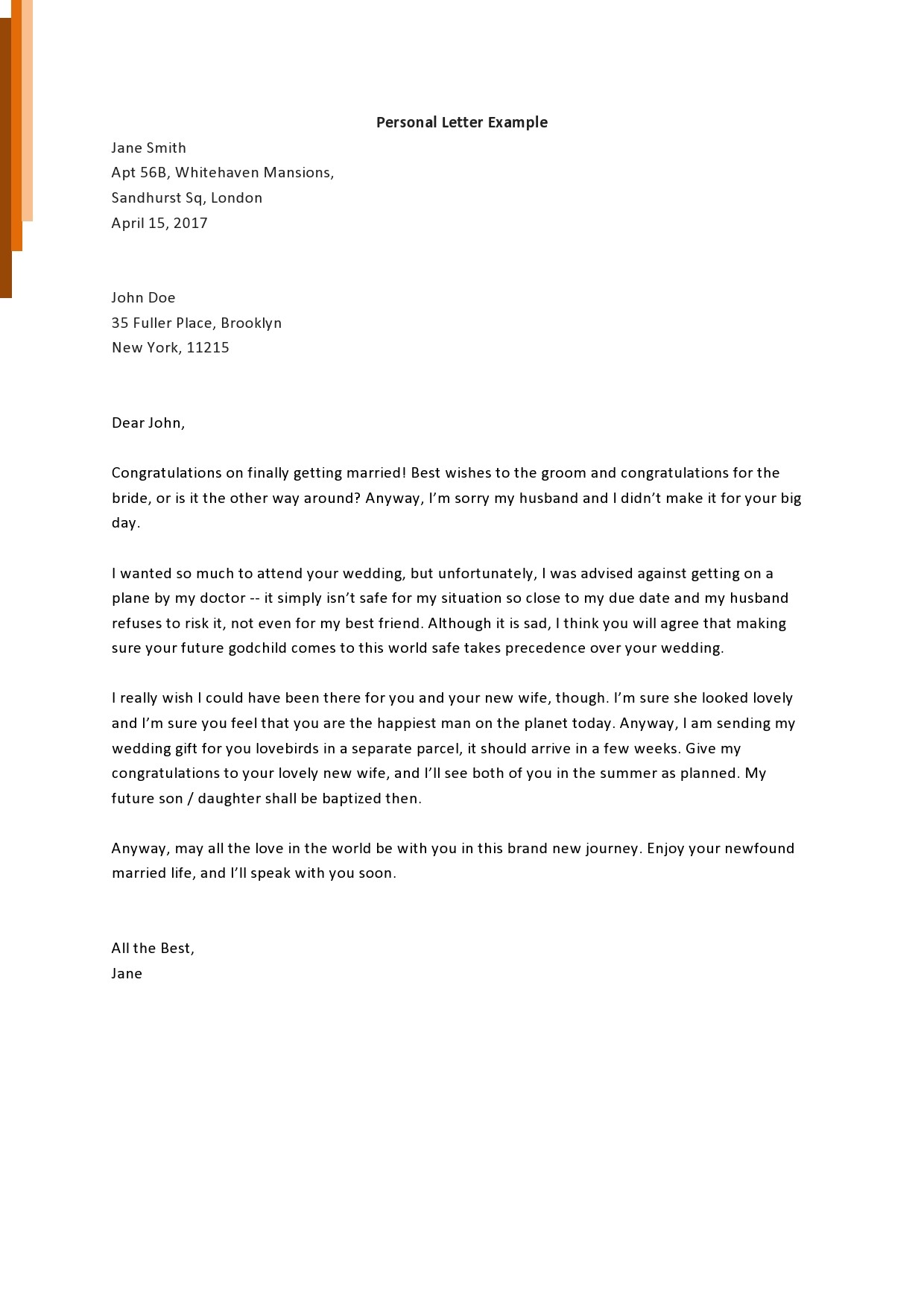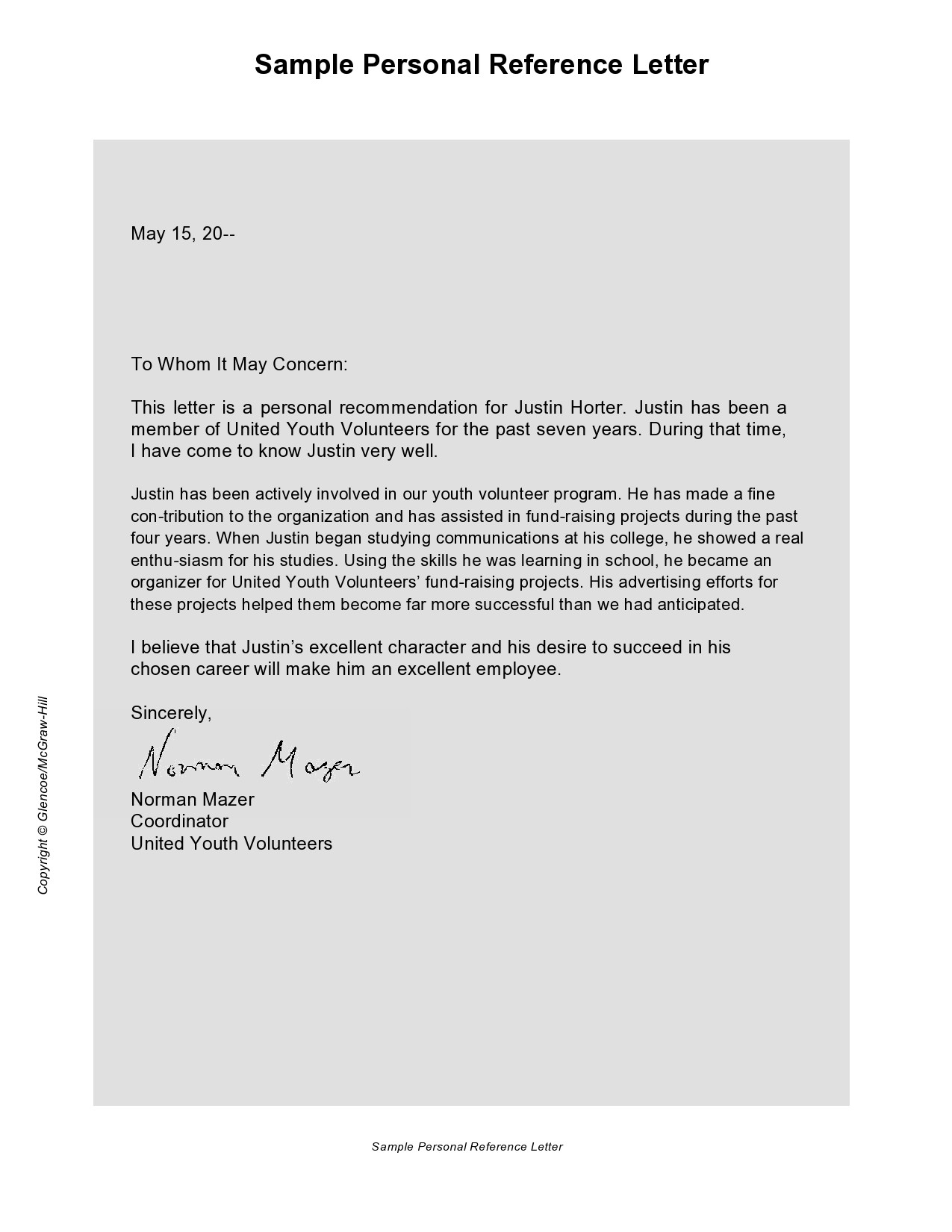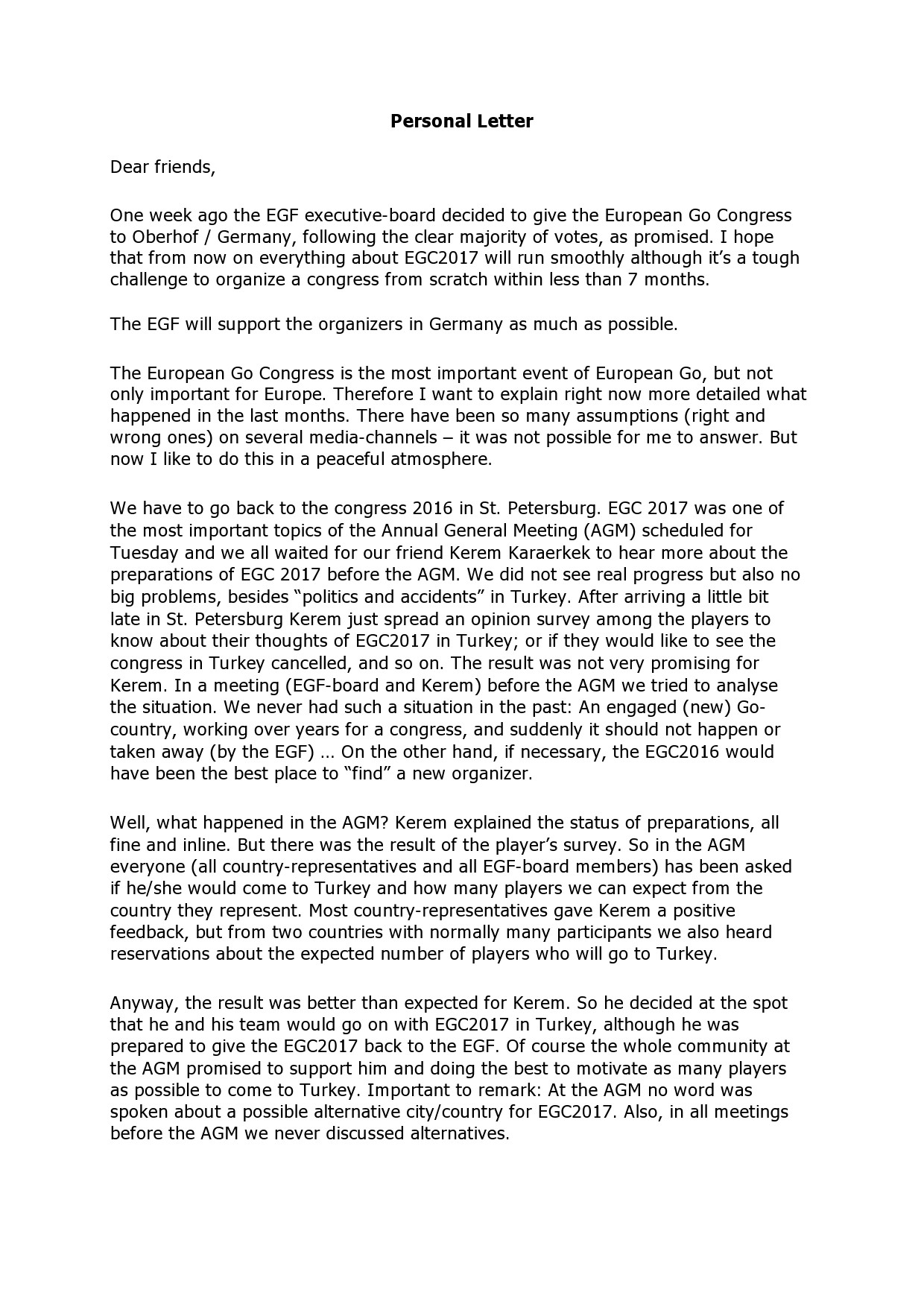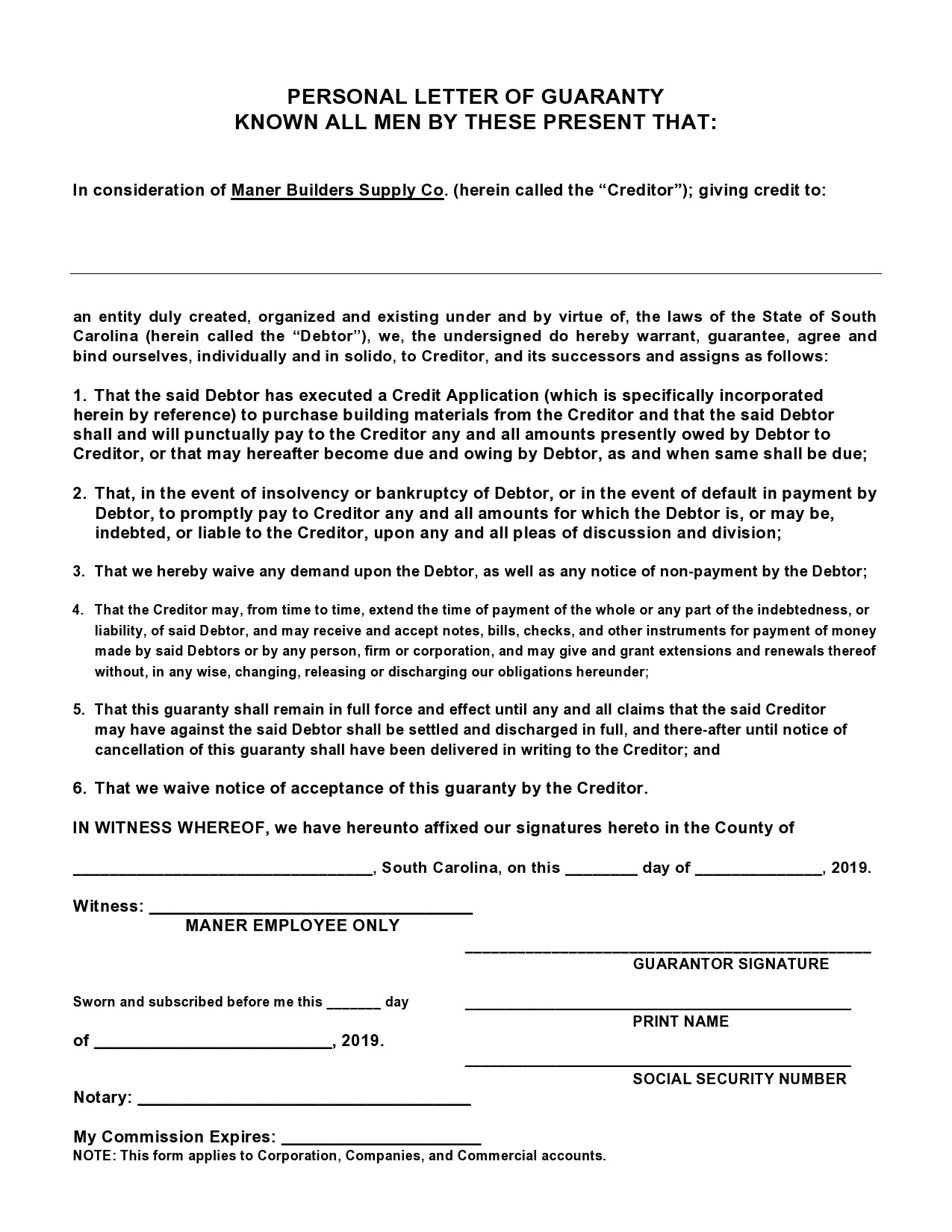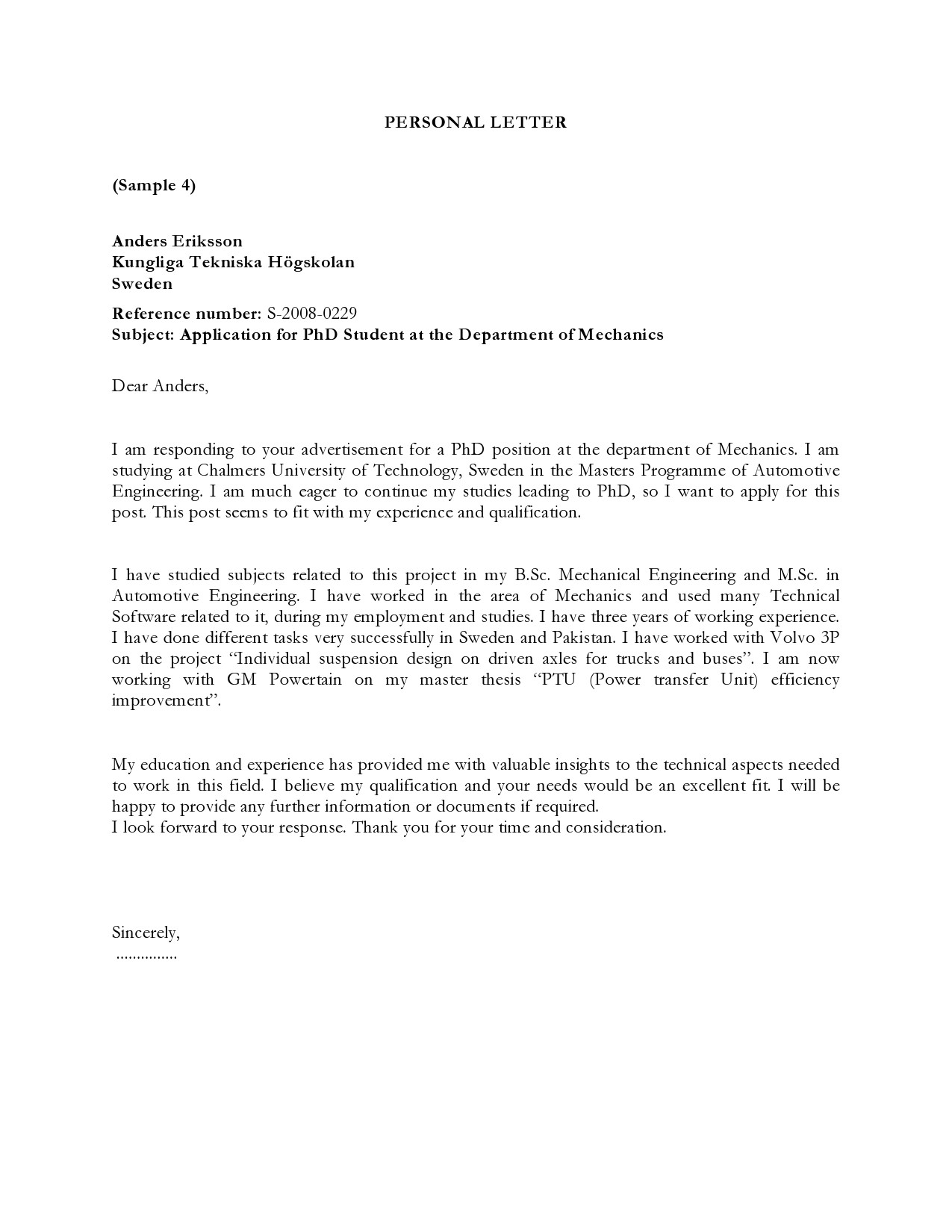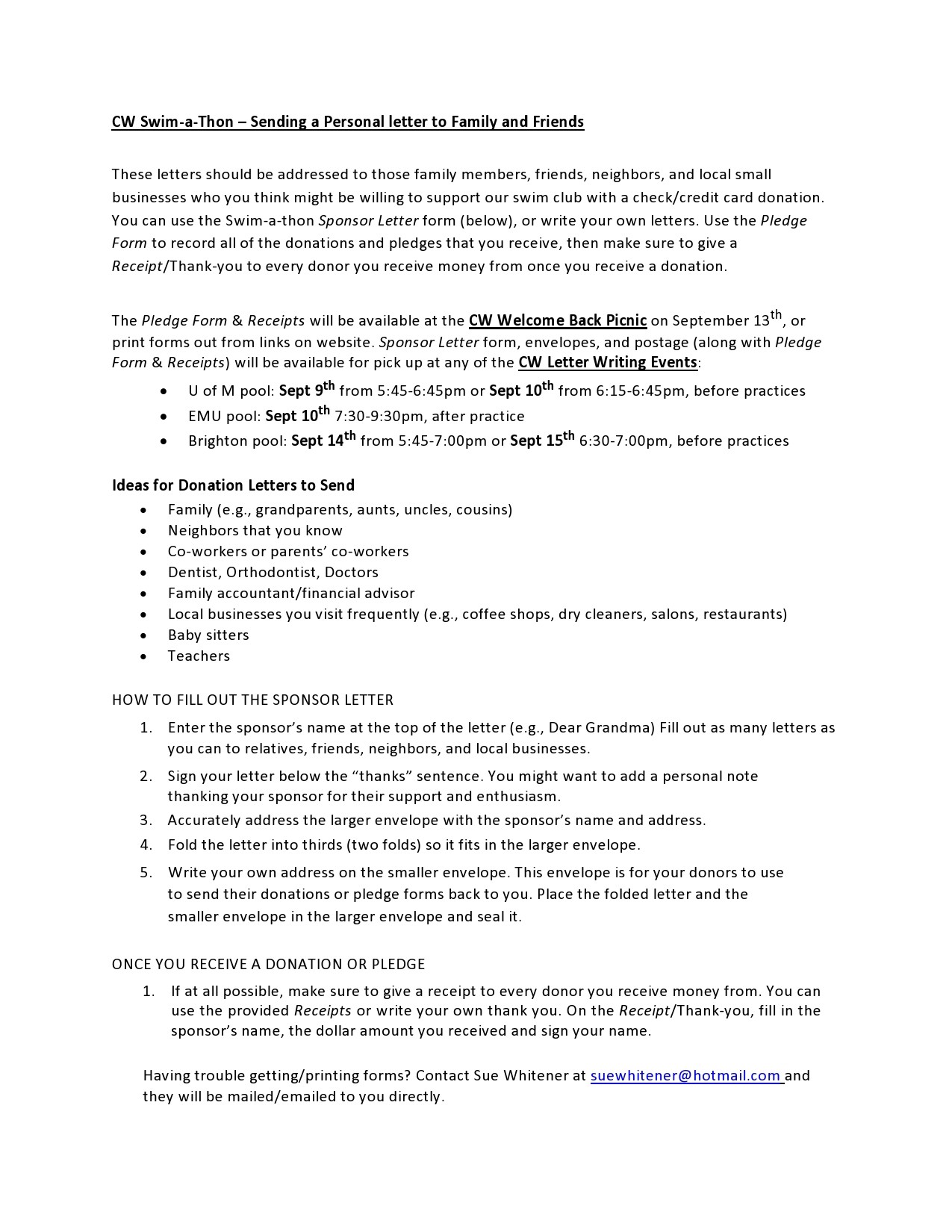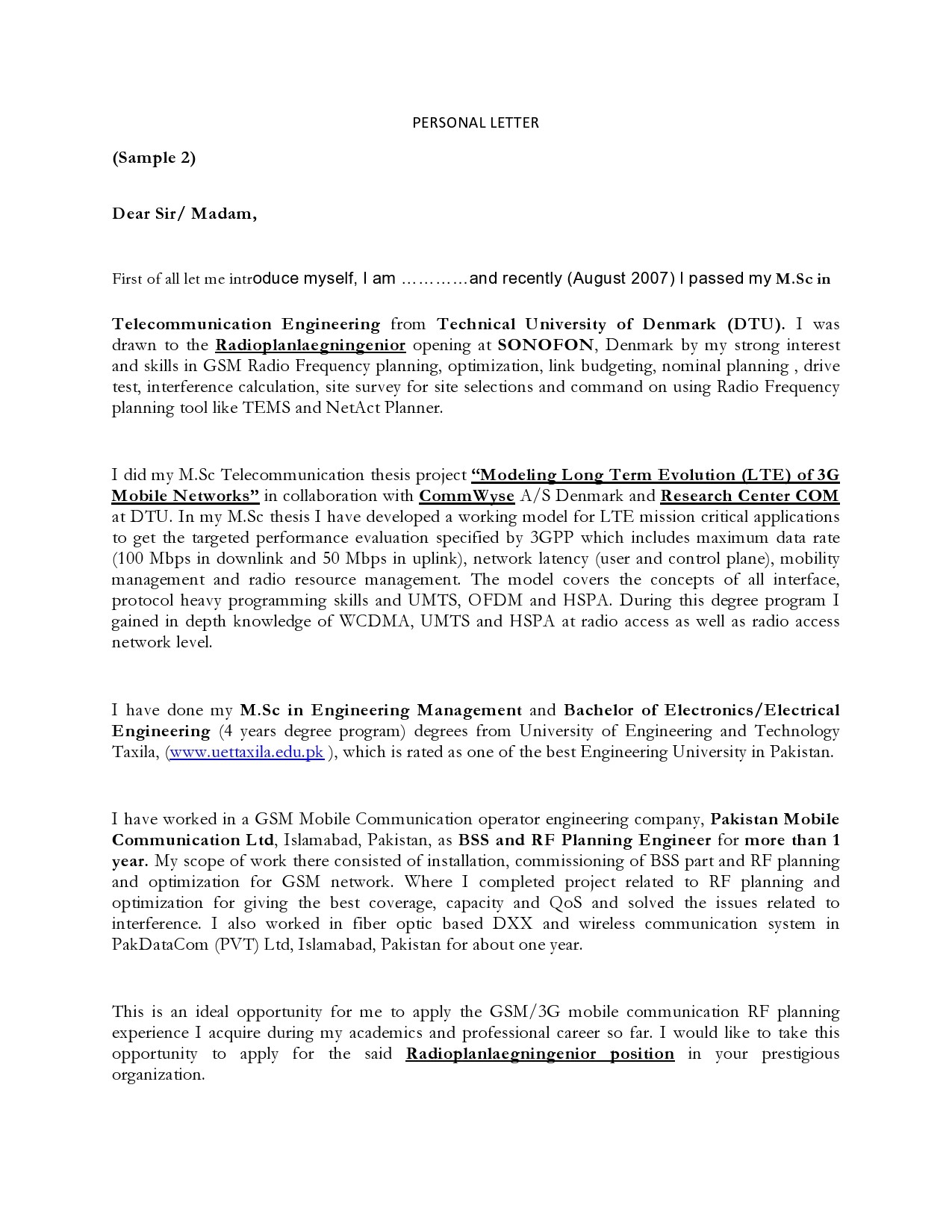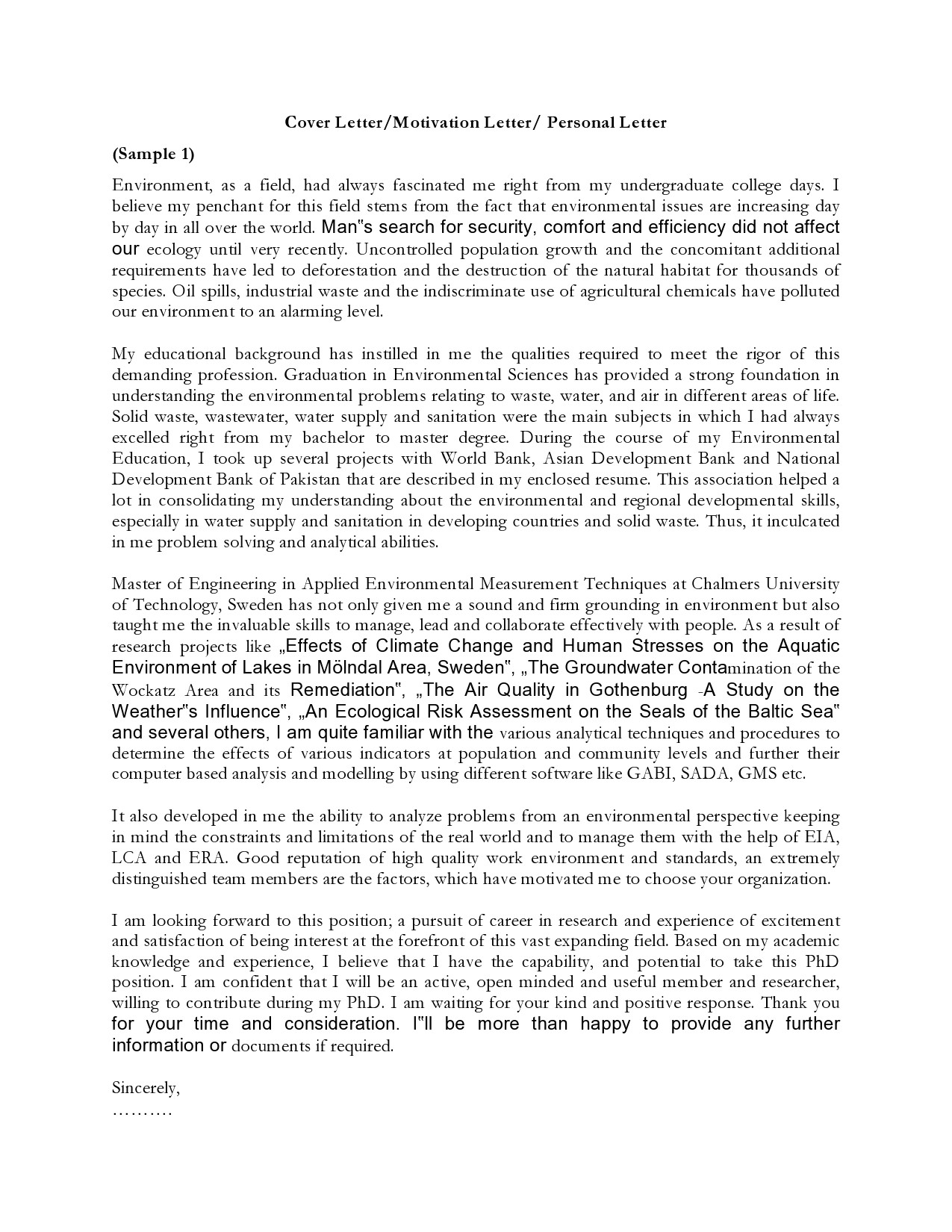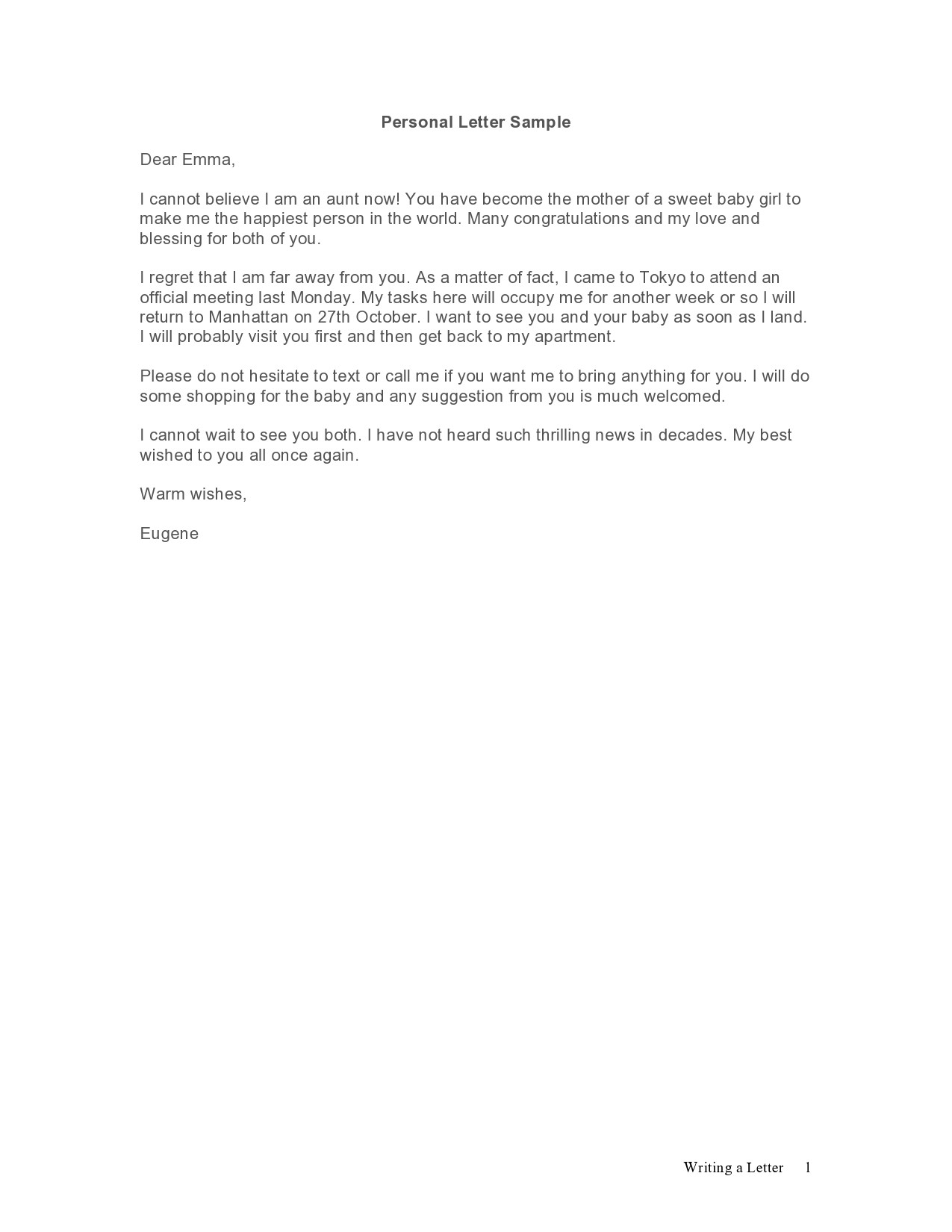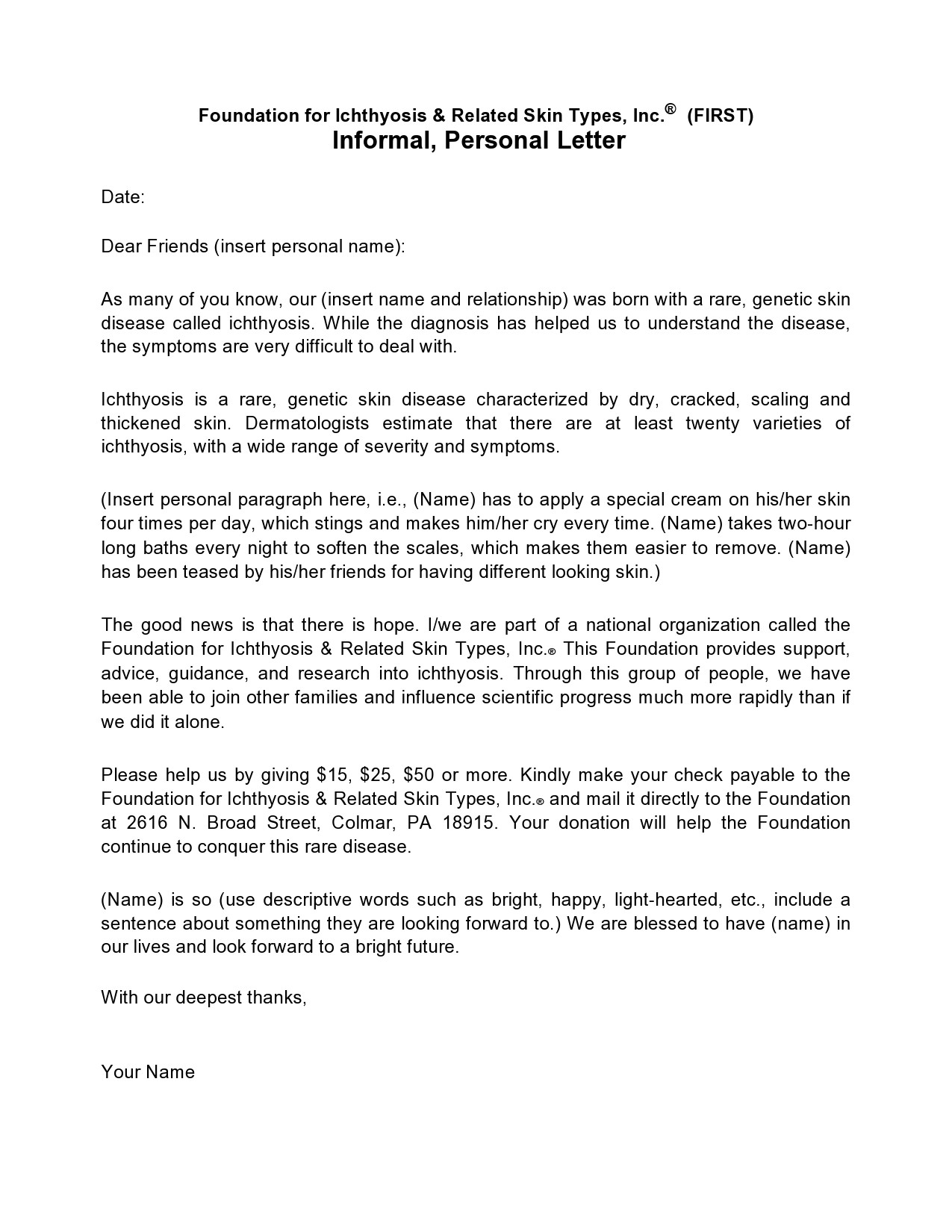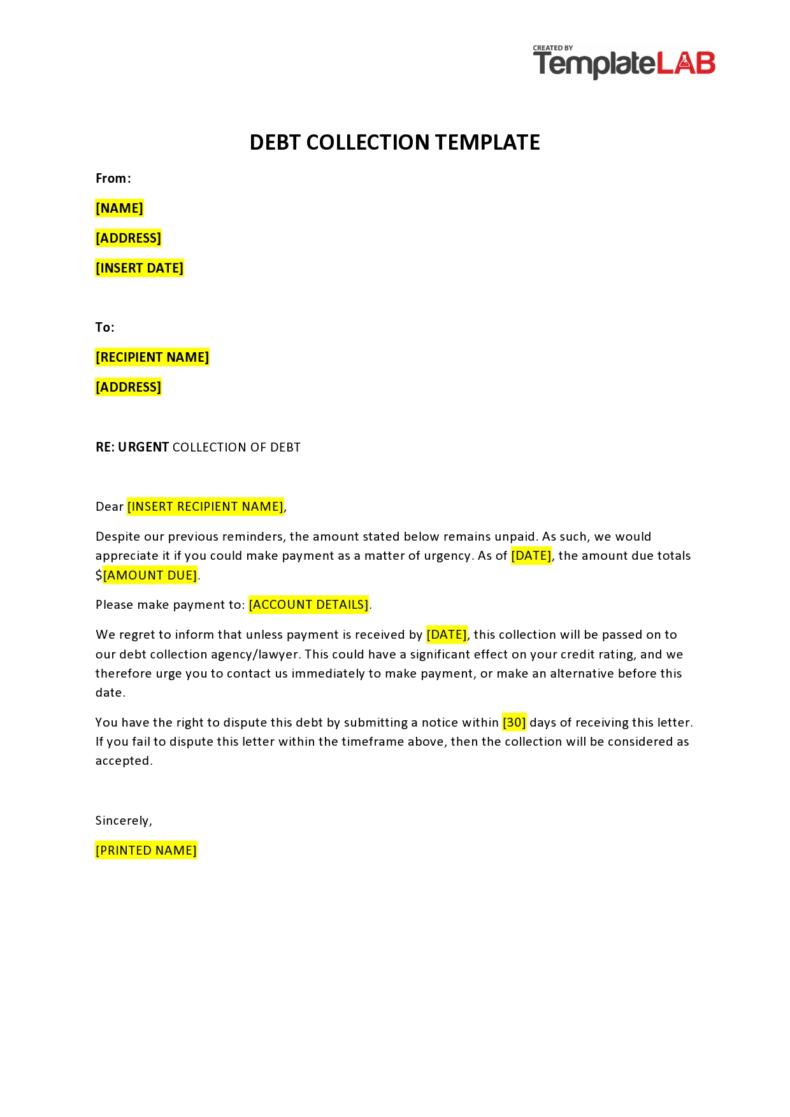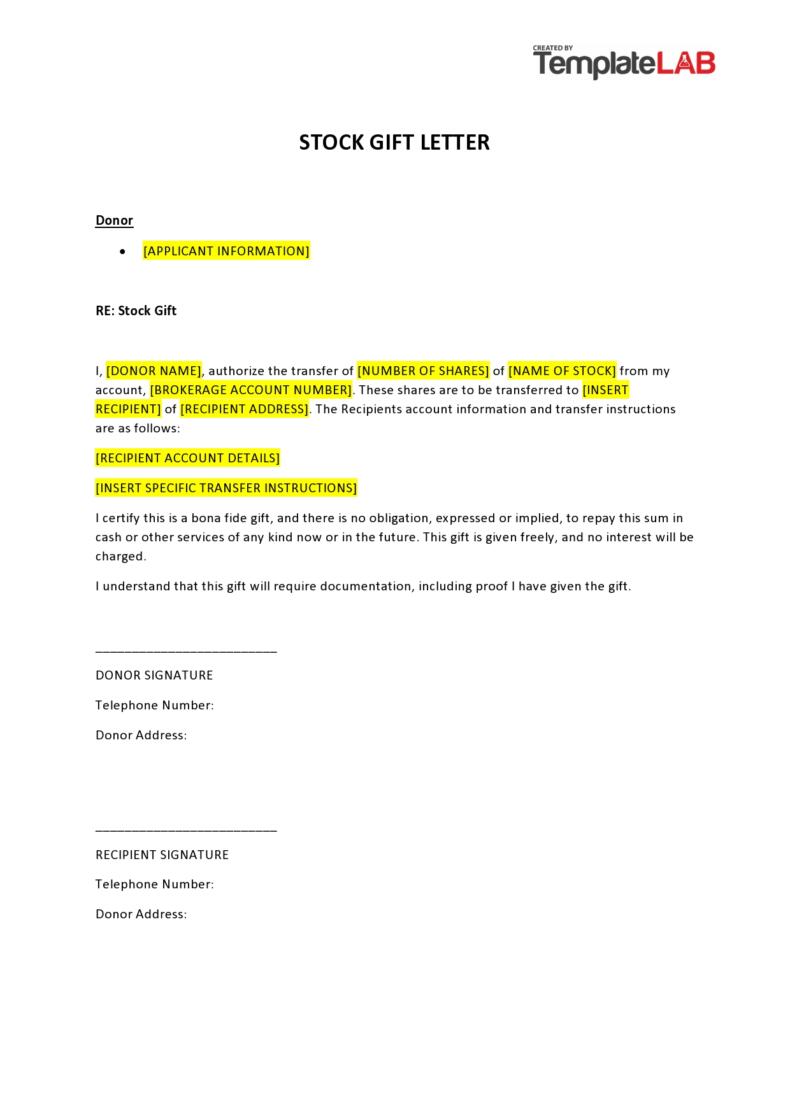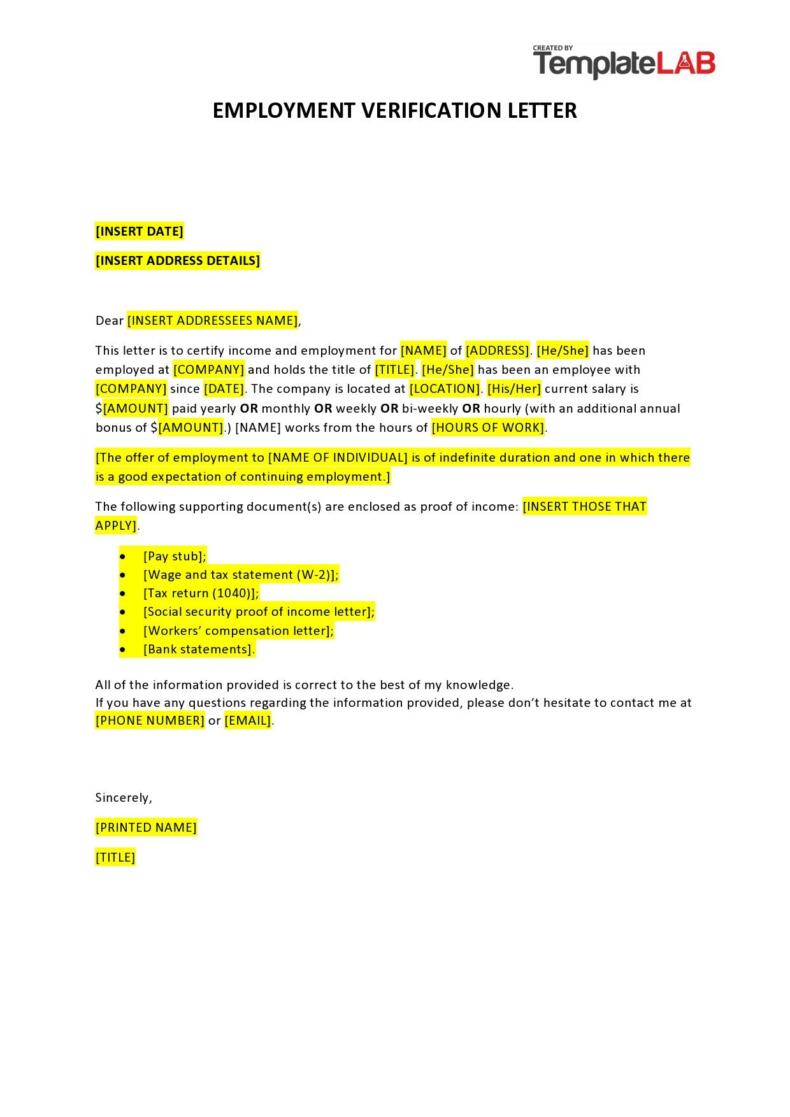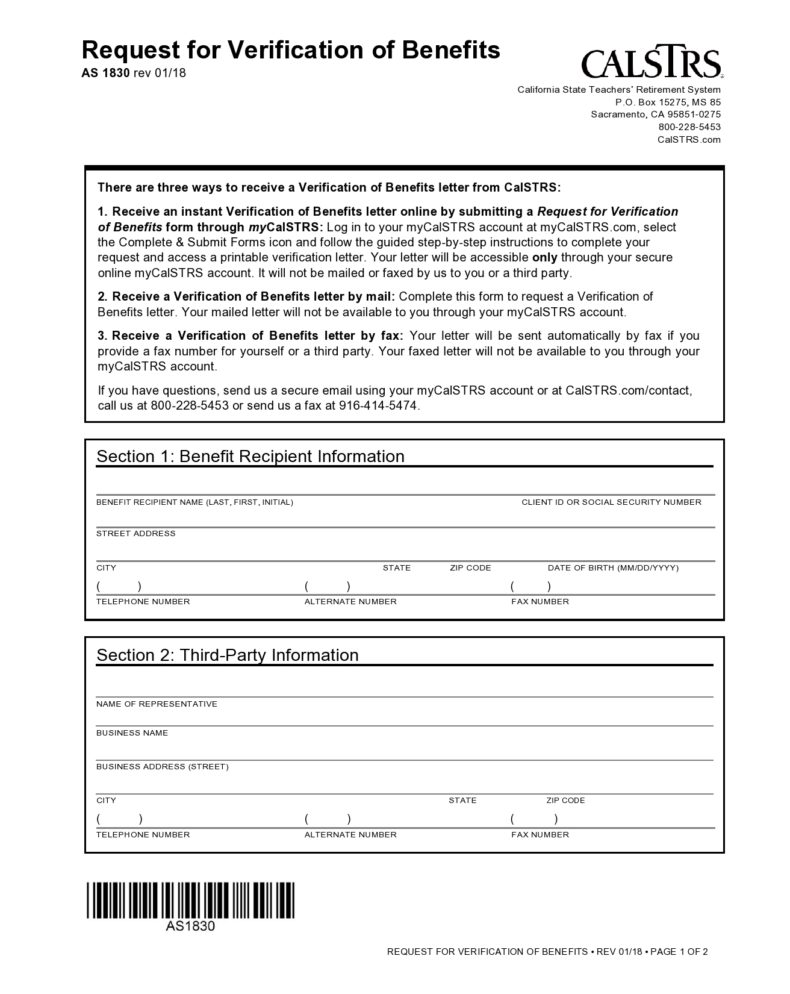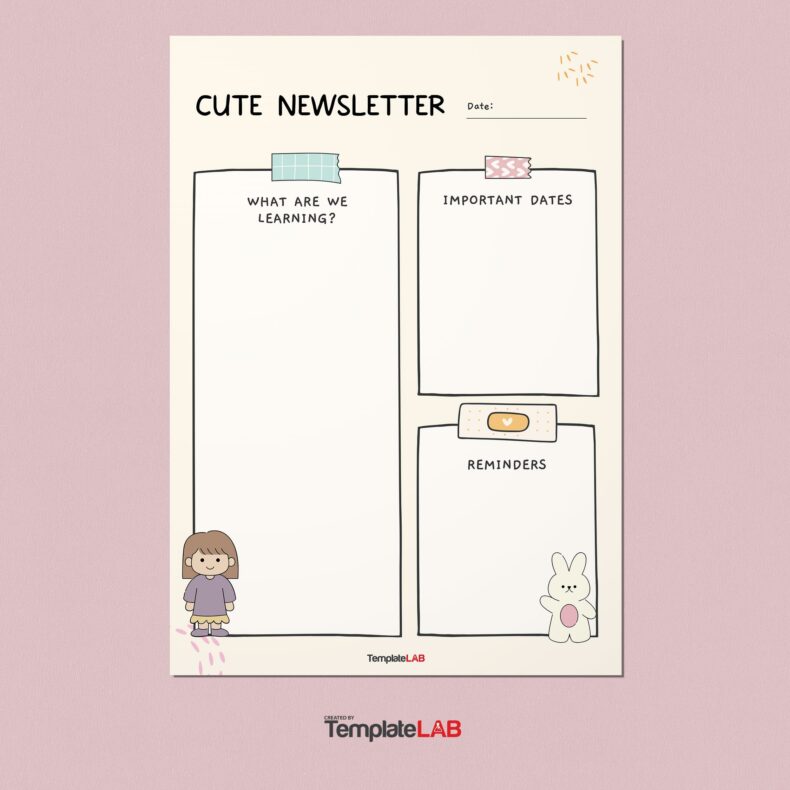In this day and age, especially in business circles, we have to write letters to different entities as part of our daily work. This form of communication can be either official, personal or a combination of both. It can sometimes be time-consuming to write letters and initiating one could take the most time. And crafting a letter that addresses all the right points is not an easy task.
Table of Contents
- 1 Personal Letter Formats
- 2 What is personal letter format?
- 3 Personal Letter Templates
- 4 How do you use a personal letter?
- 5 Personal Letter Examples
- 6 Types of personal letters
- 7 How To Write A Personal Letters?
- 8 Structure of a personal letter
- 9 Personal Letter Closings
- 10 How to answer a personal letter?
Fortunately, you can now use a personal letter template that you can download online, free of charge. A personal letter format is also known as a friendly letter. Such a letter comes from one individual to another in a specific context for the sender’s benefit. So, what makes a good personal letter and how to write one? Here are the best tips.
Personal Letter Formats
What is personal letter format?
A personal letter format is a kind of letter that deals with personal matters. This originates from one person who sends it to another. It is generally longer than a dash-off invitation or note. You would often handwrite it then send it through the mail.
Personal Letter Templates
How do you use a personal letter?
Most of us write different types of letters to the people we know or associated with us. It can be a laborious task, especially if you don’t know how to write a personal letter. Fortunately, you can avoid the hassle by downloading a personal letter template. You can also read personal letter examples available online for inspiration when writing one.
Ready-made templates have basic components for different types of letters. Furthermore, you can easily access and download them. After the download process, you can start customizing these templates to suit your needs. Some personal letter examples even come with basic content and personal letter closings. Then all you have to do is to sign your name.
The use of personal letters has benefitted many people, especially those who would like to write letters to people in positions of authority. You don’t need to create letters from scratch. Personal letter formats have ready-made content that hastens the whole process.
The contents of these letters can be both official and personal. These provide you with ideas for what to write in different contexts. The use of these templates is a blessing, especially for those who rely on writing letters as a means to achieve certain things in life. The formats offered are easy to understand, easy to use, and completely hassle-free.
Personal Letter Examples
Types of personal letters
When it comes to letter writing using downloaded personal letter templates, you can now exchange customized and decorated letters with friends, a far cry from the usual email messages. Moreover, you can collect these letters and keep these as souvenirs. It’s important to learn how to write a personal letter as these have more meaning, especially to the people you send them to.
When you write a personal letter, you put a part of yourself in it. There are many types of personal letters and here are some worth mentioning:
- Letter to pen pals
You give this type of letter to somebody you communicate with on a regular basis. Not at all surprising that these letters are still present now even with the rise of the digital age. For those looking for long-distance friends, you can find many online. - Letters to famous people (fan mail)
Of course, you would send this type of letter to those people you admire or idolize. This is usually somebody famous, like a movie star, singer, artist, author, and more. Always remember to practice politeness and avoid using harsh or rude words or expressions. Express your admiration and keep it positive. - Love letters
This type of letter is one that will always stay. These are present everywhere, especially on social media. Love letters are not always about romance or feelings of affection for a partner. You can also send a love letter to a person you care dearly about like your parents, grandparents, siblings, friends, and so on. - Goodbye letters
Writing this type of letter is a great way to say goodbye to a person leaving maybe to another location, school or plans to travel overseas. This type of letter will be deeply appreciated, especially for those who plan to start new chapters in their lives. - Get well soon letters
To lift the spirits of those in the hospital or those dealing with illnesses at home, a get well letter is more than appropriate. Wishing them speedy recovery will be deeply appreciated. Often, such gestures can help people recover faster. - Condolence letters
This is a nice way to show your sincere sympathy to the bereaved, especially for those who have a death in their family. Your condolence letter can wish them strength during their trying times and genuine sorrow for their loss. If you are truly close to the family, include fond memories of the one who passed away. Surely, such gentle words can help lighten the burden. - Thank you letters
Send this type of letter to show your appreciation to someone. It can be for an invitation to a party, receiving a Christmas gift or anything else that made you feel important and appreciated. Come to think of it, a thank you letter is an informal version of a letter of appreciation. - Celebration letters
The reasons for sending this type of letter are many. This is why you can find many personal letter examples to read for inspiration. Basically, the letter’s intent is to wish the recipient well. Don’t forget to wish them a great time.
How To Write A Personal Letters?
Structure of a personal letter
Because of the advent of the digital age, many believe that the art of letter writing is already lost, especially on the youth. But you can easily relearn this skill use it again to write your own personal letter formats. For the most part, the art is fairly straightforward, especially when it comes to personal letters.
This type of letter is an application of common sense coupled with the rules of proper grammar. To help out, there are also guidelines for formatting, style, punctuation, and arrangement required to make great letters. Whether downloading a personal letter template or creating one from scratch, it should include these following elements:
- Your full name and complete address
Place this on the top right corner of your letter. After this, indicate the date when you wrote the letter. - Your recipient’s full name and complete address
Place this on the left, right after the date. Like your name, specify the full name and address of the person you’re sending the letter to. - Salutation
The most widely used and accepted term of endearment for a personal letter starts with the word “Dear” followed by the recipient’s first name. This is enough to warmly greet and address the person. - Introductory paragraph
This is the start of the main contents of your letter. It includes the premise of the communication which will gradually draw the attention of the reader to your letter’s purpose. - Body paragraphs
In case of personal letters, there is no defined length for this section. But consider brevity a virtue here. Keep the length just enough to make the reader interested all the way to the end. - Concluding paragraph
The personal letter closing should serve as the summary of the letter’s entire content. It should have a call to action to encourage the reader to send a reply. - Signing-off note
This part of the letter contains a final note, thanking the recipient for their time and attention in reading the letter. The letter ends with either your first name or full name.
Personal Letter Closings
How to answer a personal letter?
When you set your mind to writing a letter, you can learn how to master the art. When someone gives you a letter, the best thing to do is reply to it. This keeps the lines of communication open between you and the sender. Here are some easy steps that can serve as a guide in answering a personal letter.
- First of all, there isn’t much difference between writing a letter and answering one. Perhaps the main difference lies in the contents. When writing your reply, you will use the customary greeting along with your recipient’s first name. You can even be more informal by using the person’s name without the salutation. Of course, this depends on how well you know the person.
- Depending on who the sender is, you can decide how to start your response letter. Maybe you can use the most common and safest first liners? Or you can think of something that shows off your personality more.
- Give answers to the topics in the letter of the sender. Always speak the truth. You can even mention your own problems but do so with a tone of optimism. Then talk about the good things happening in your life.
- Avoid writing a letter that goes on and on about your life only. Ask the sender a few questions about them or events the events in their lives too. This encourages them to send another response letter to keep the ball rolling.
- End your letter with good wishes before signing-off.

